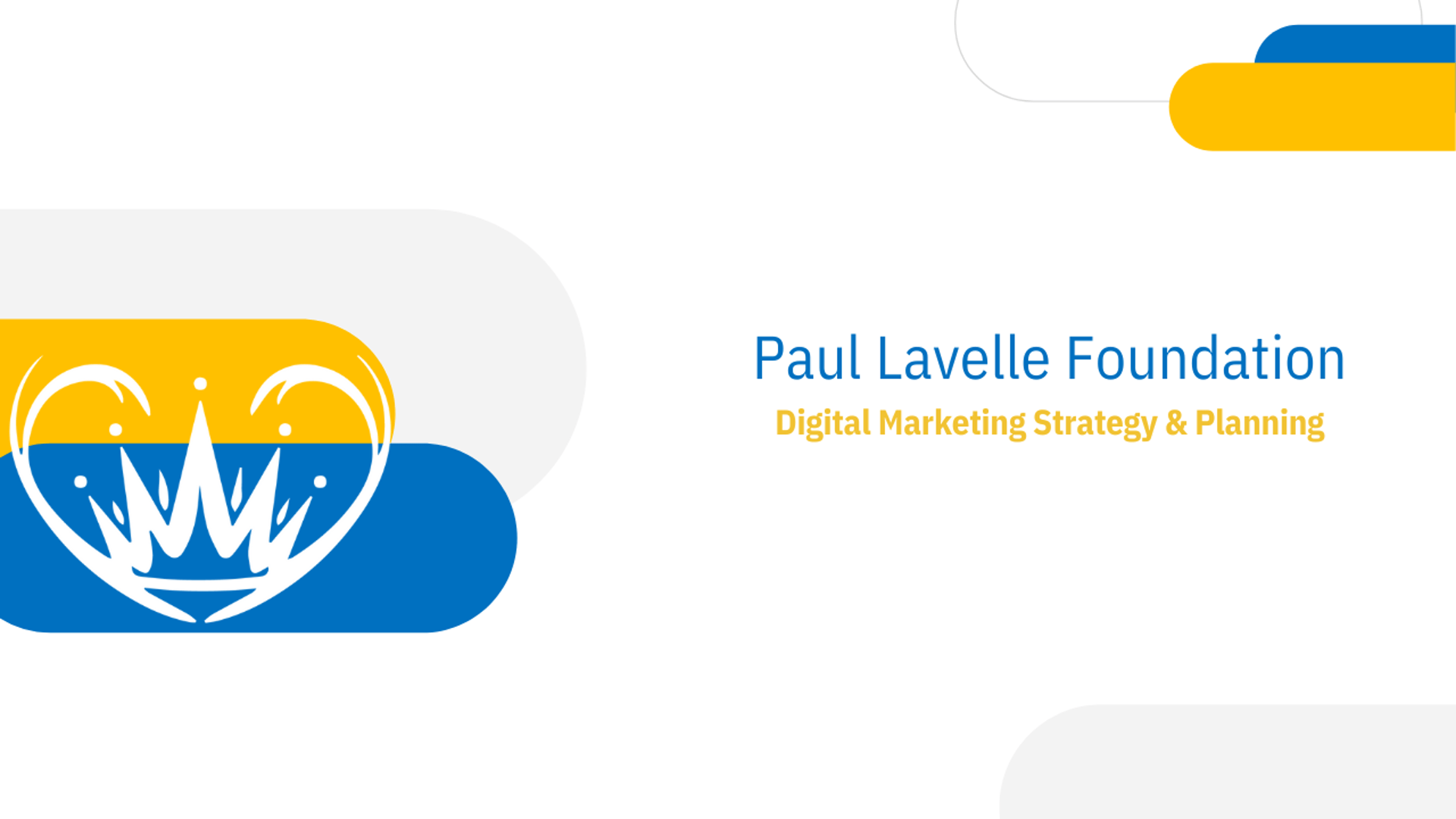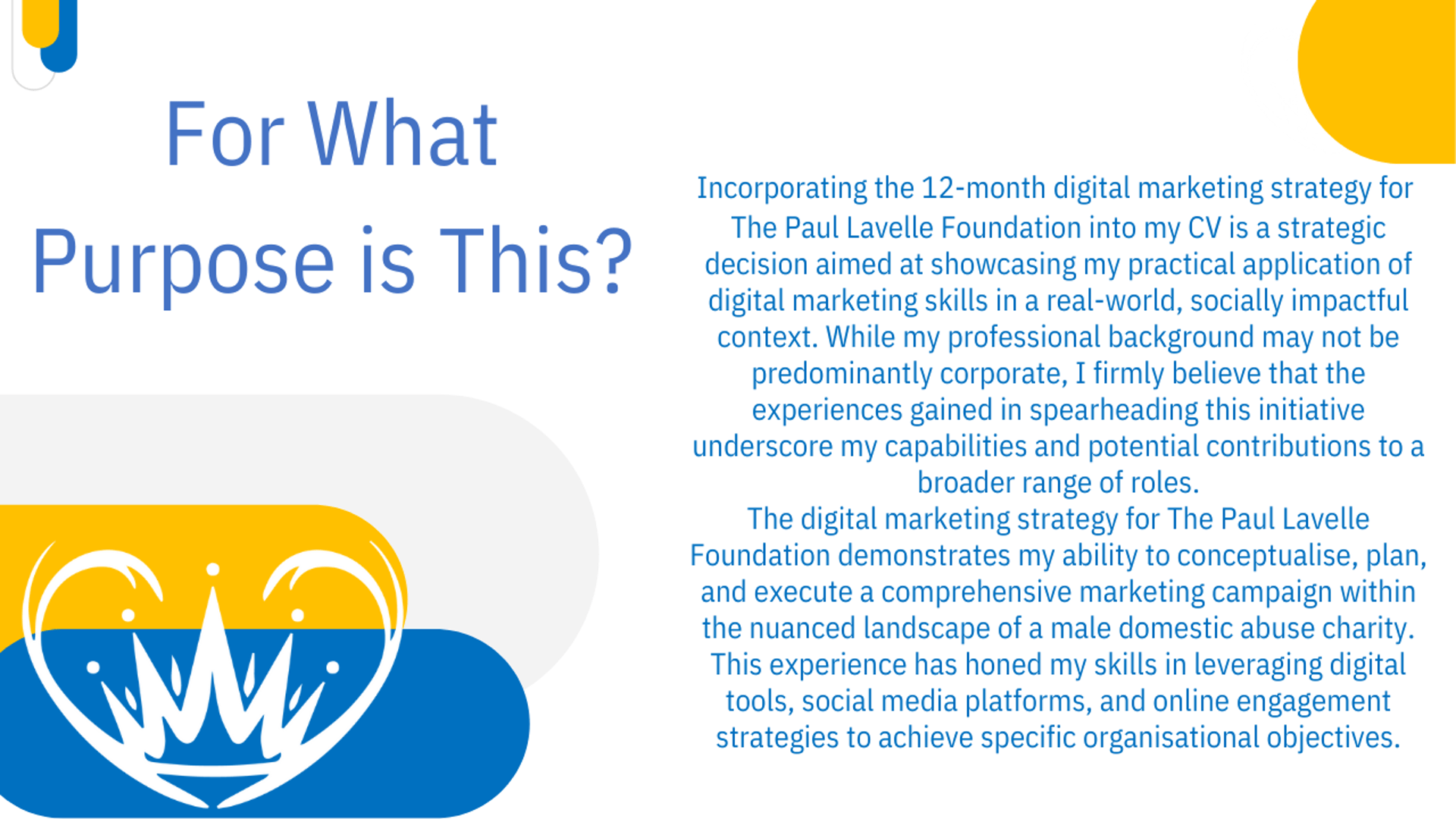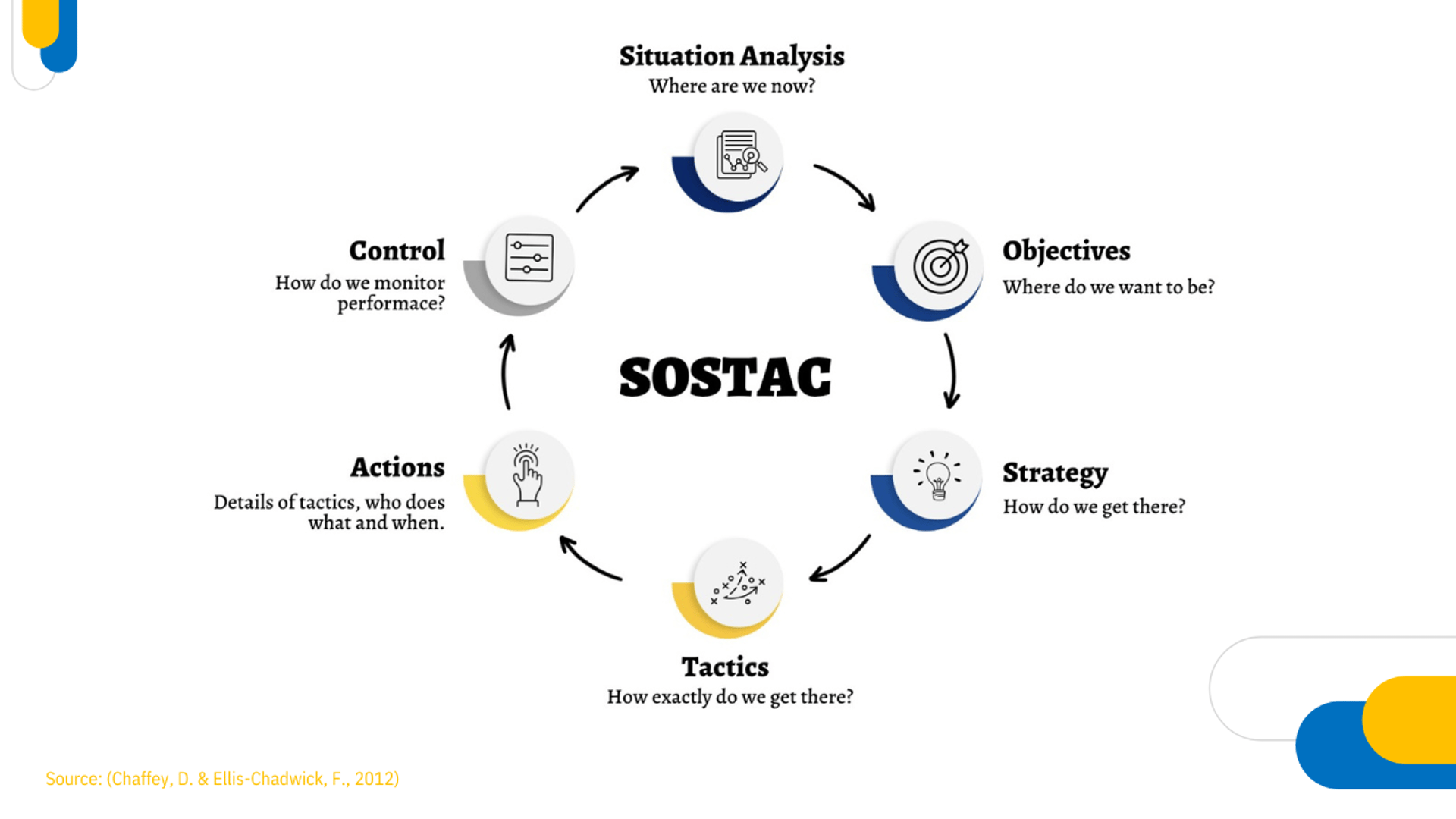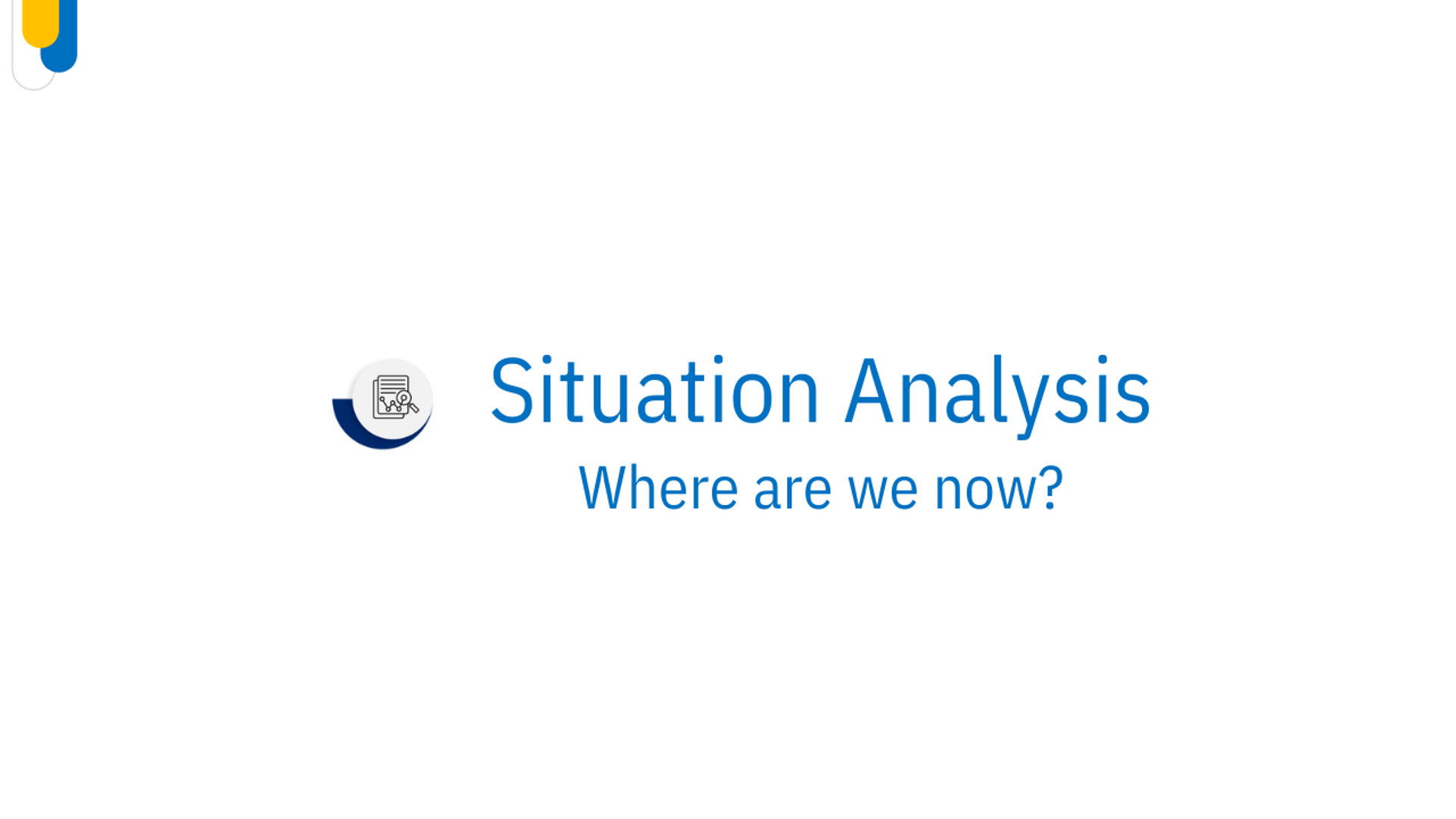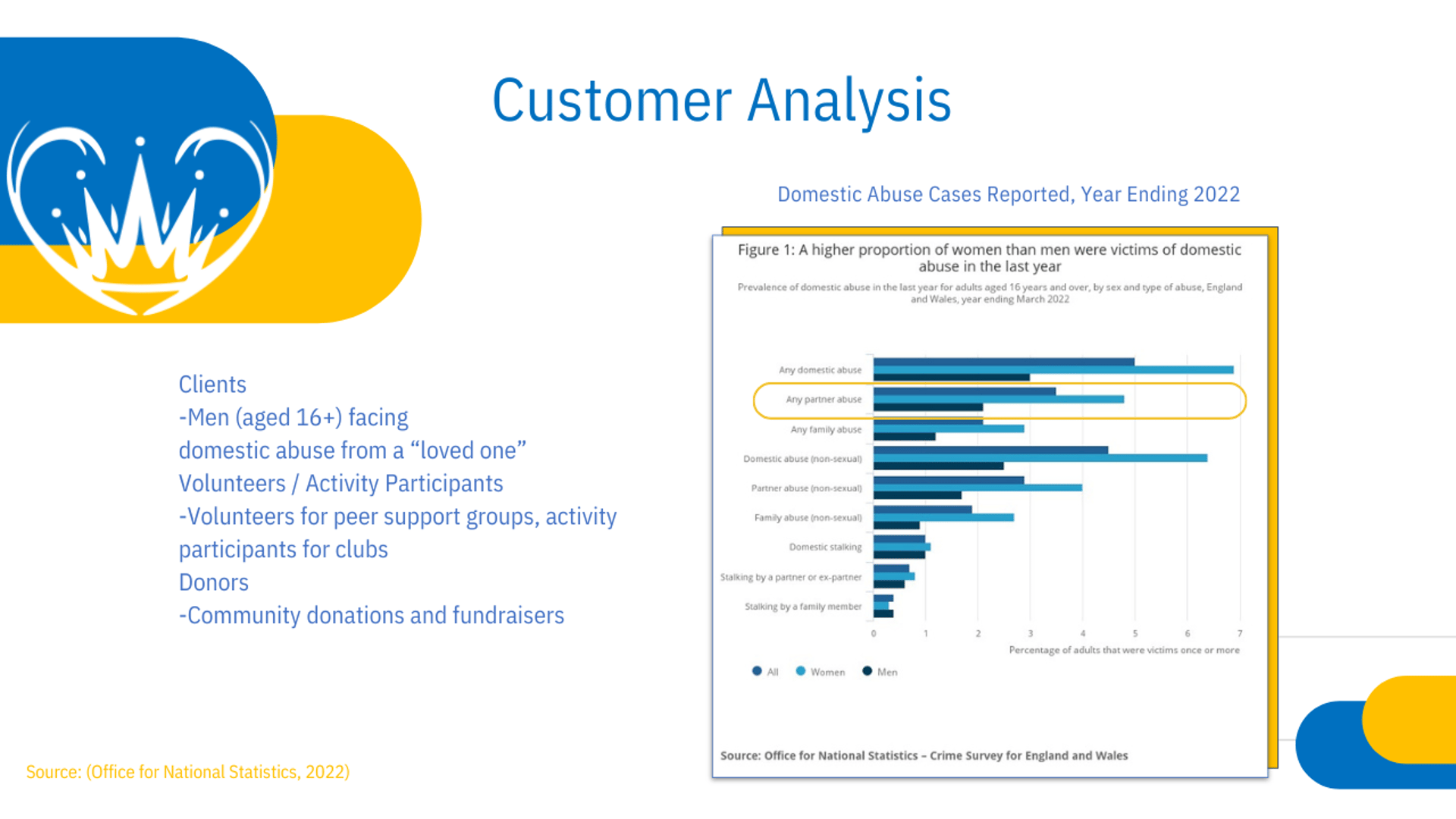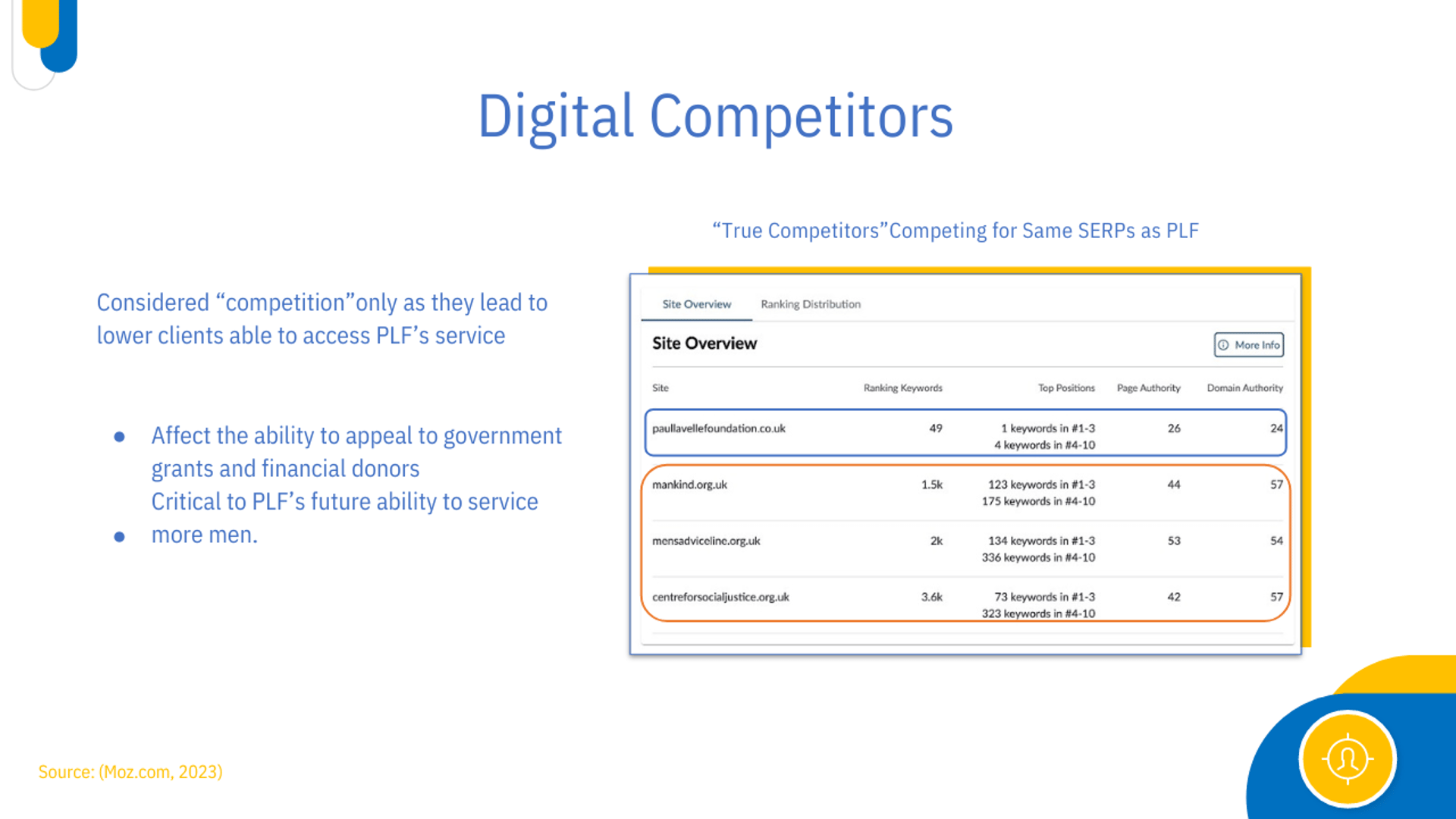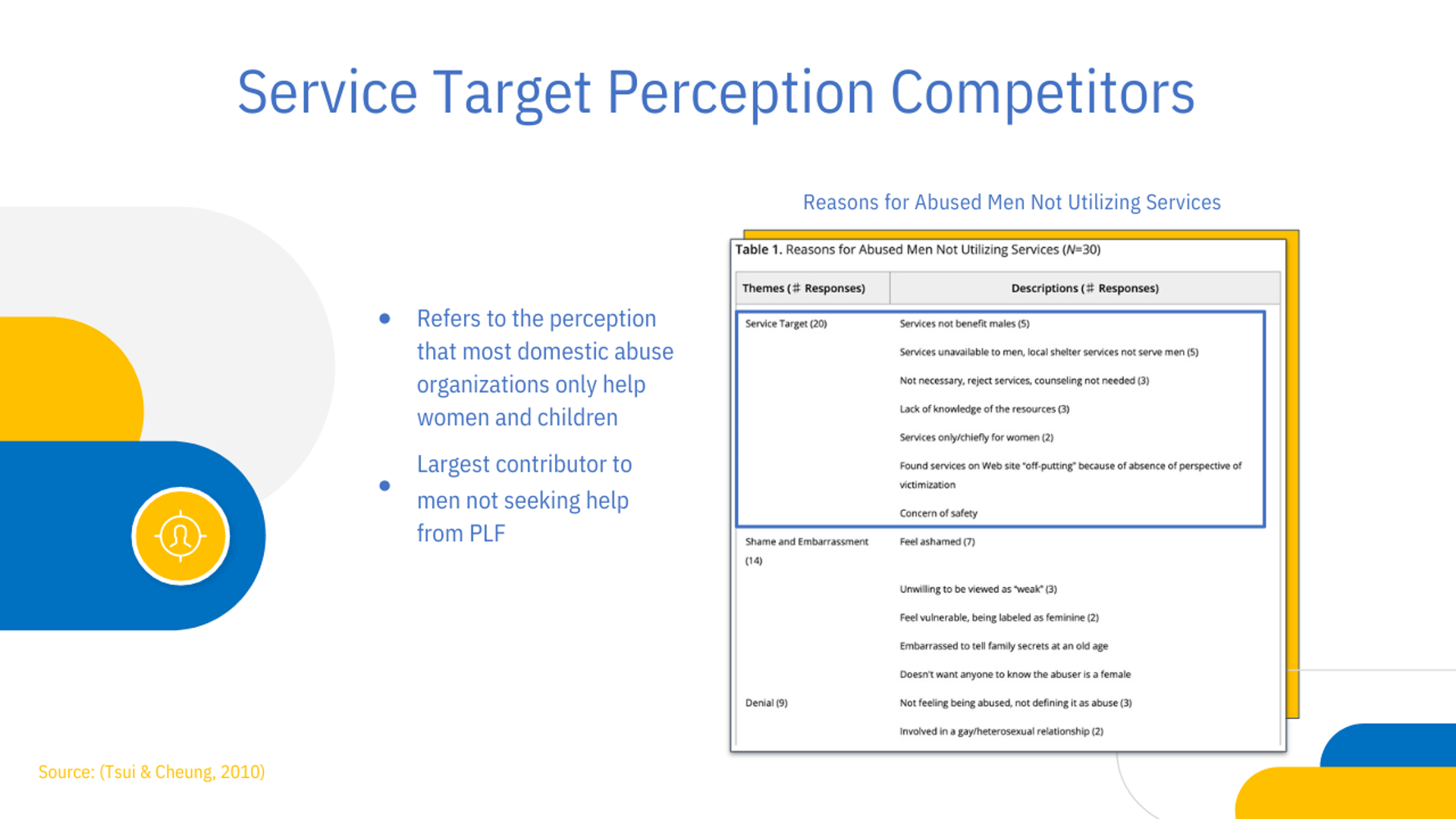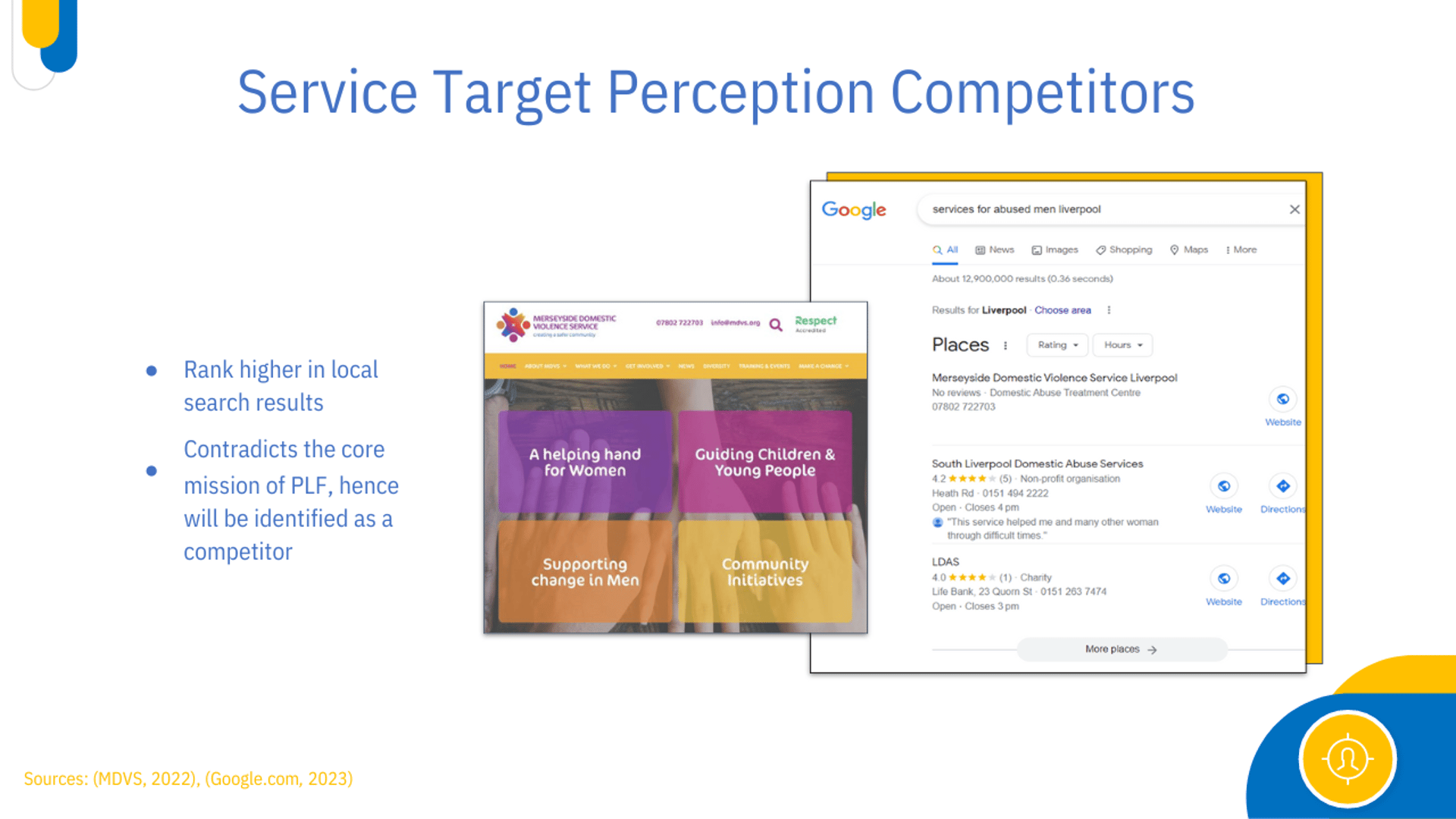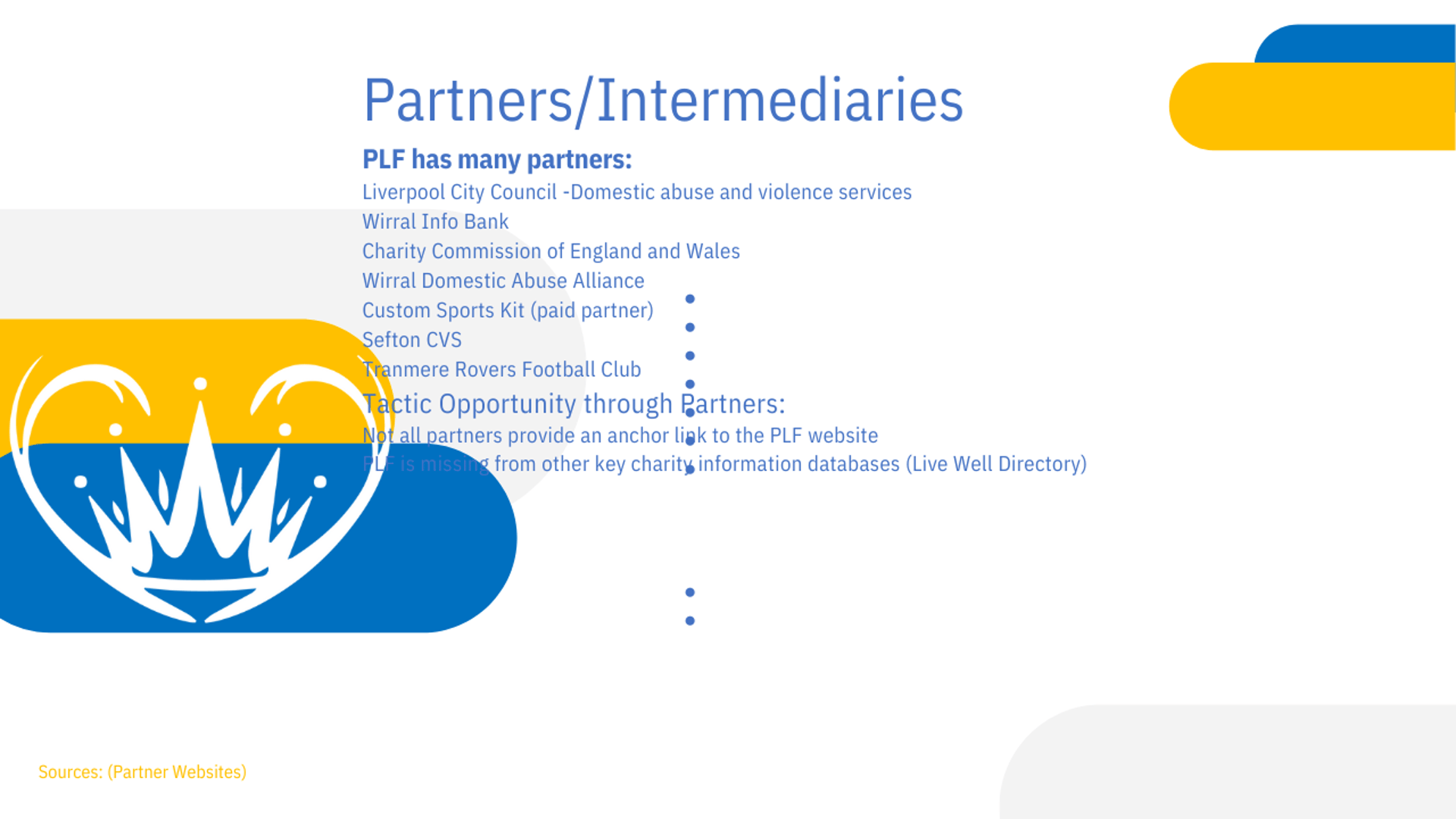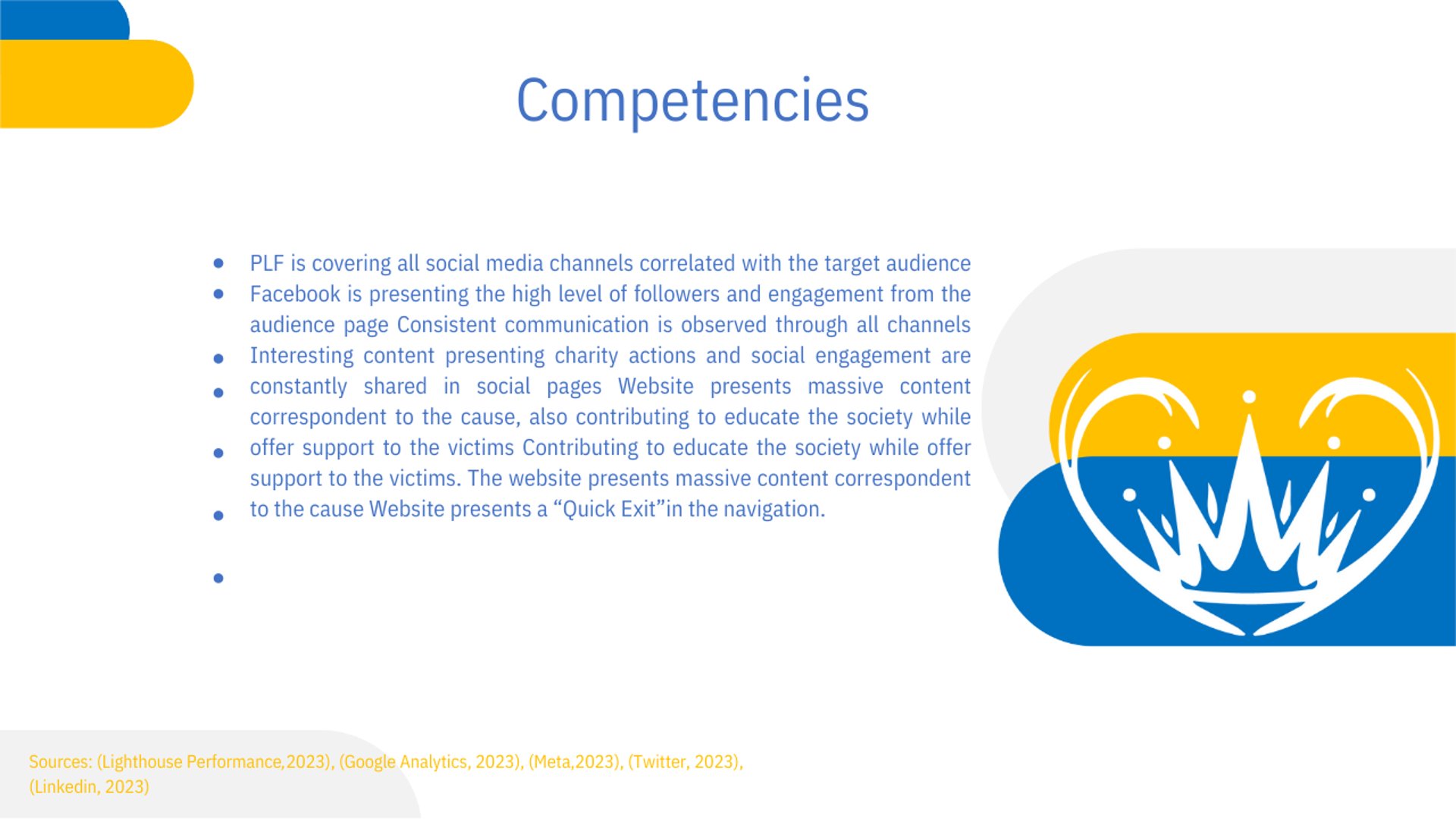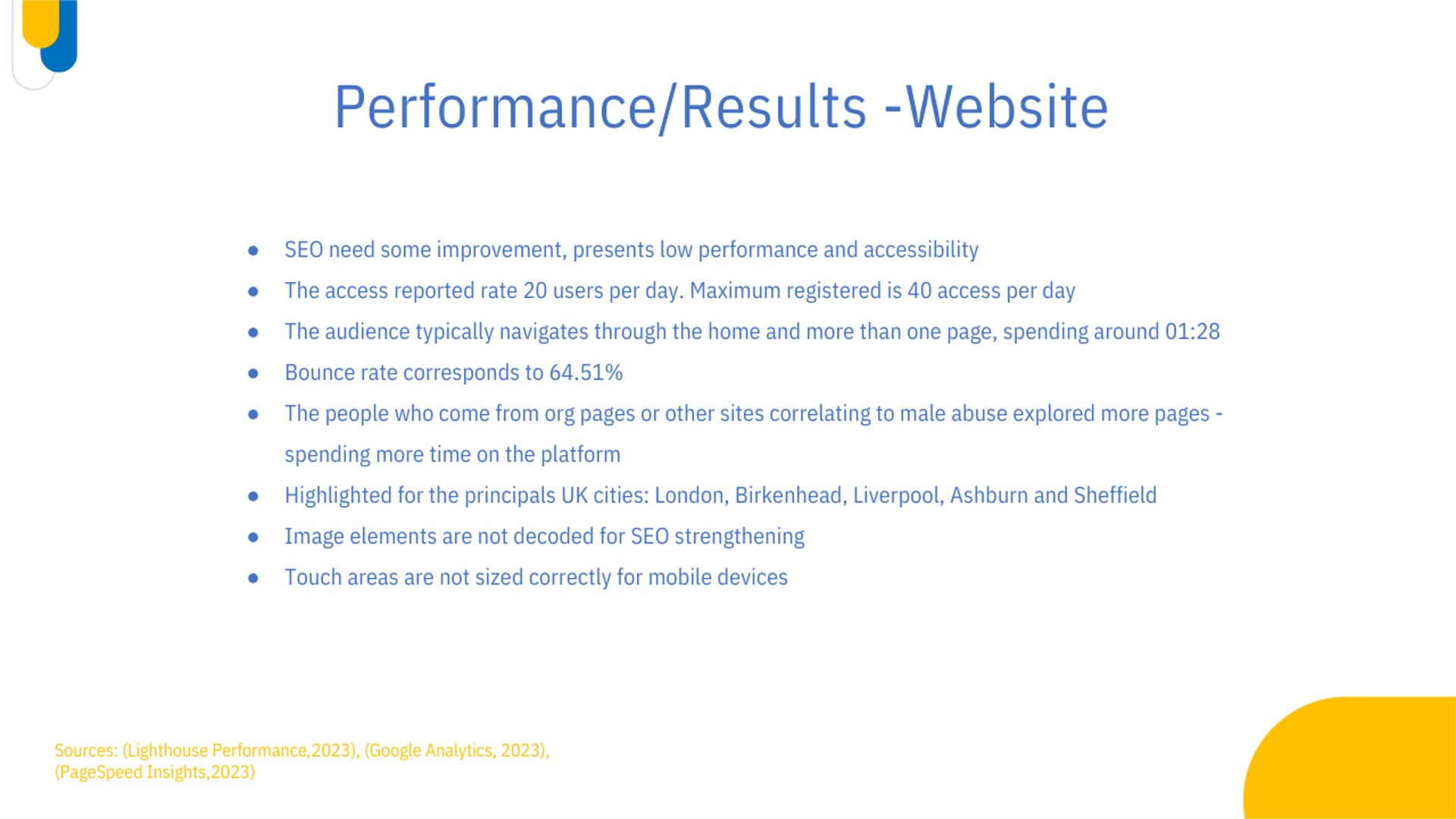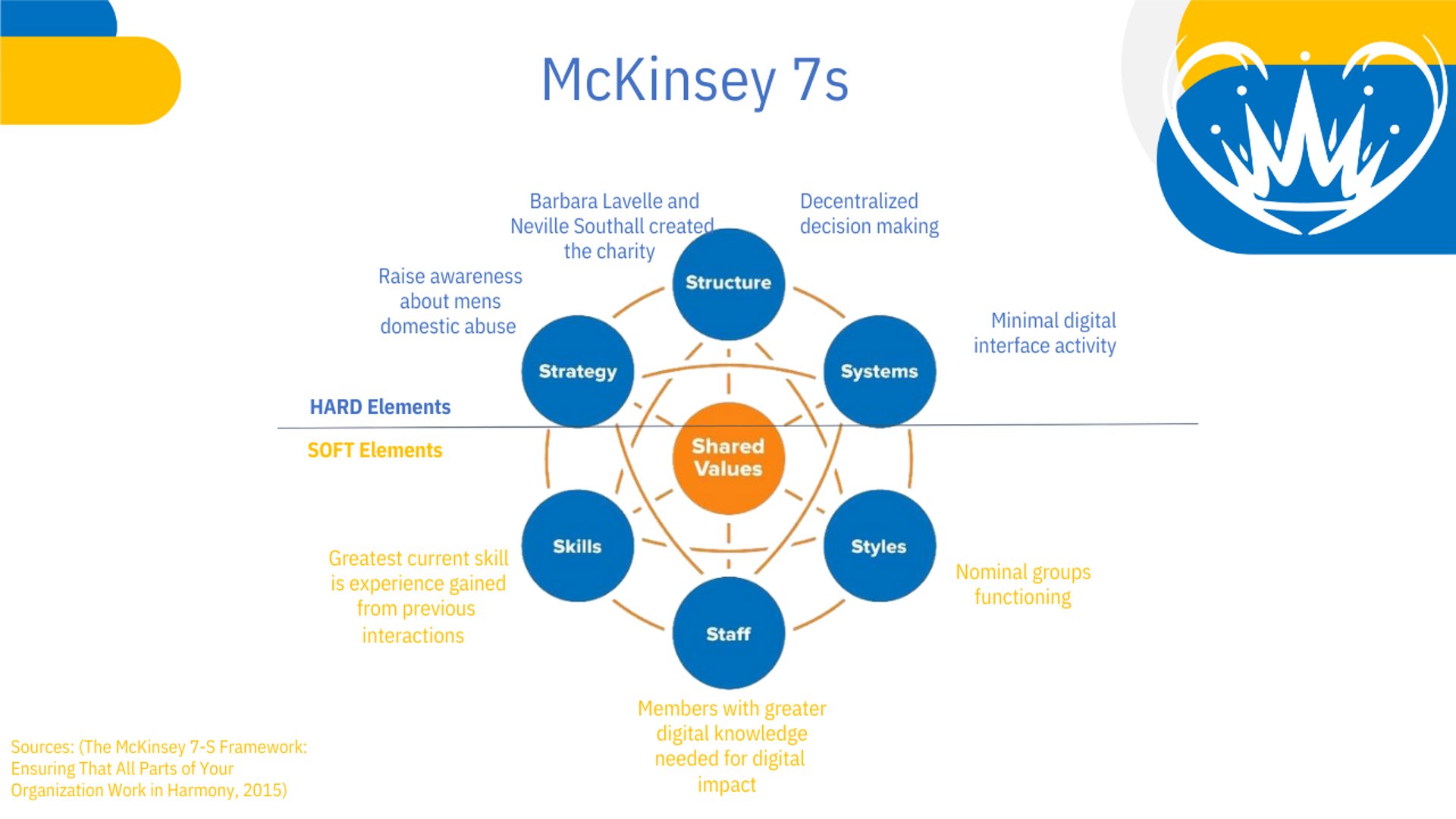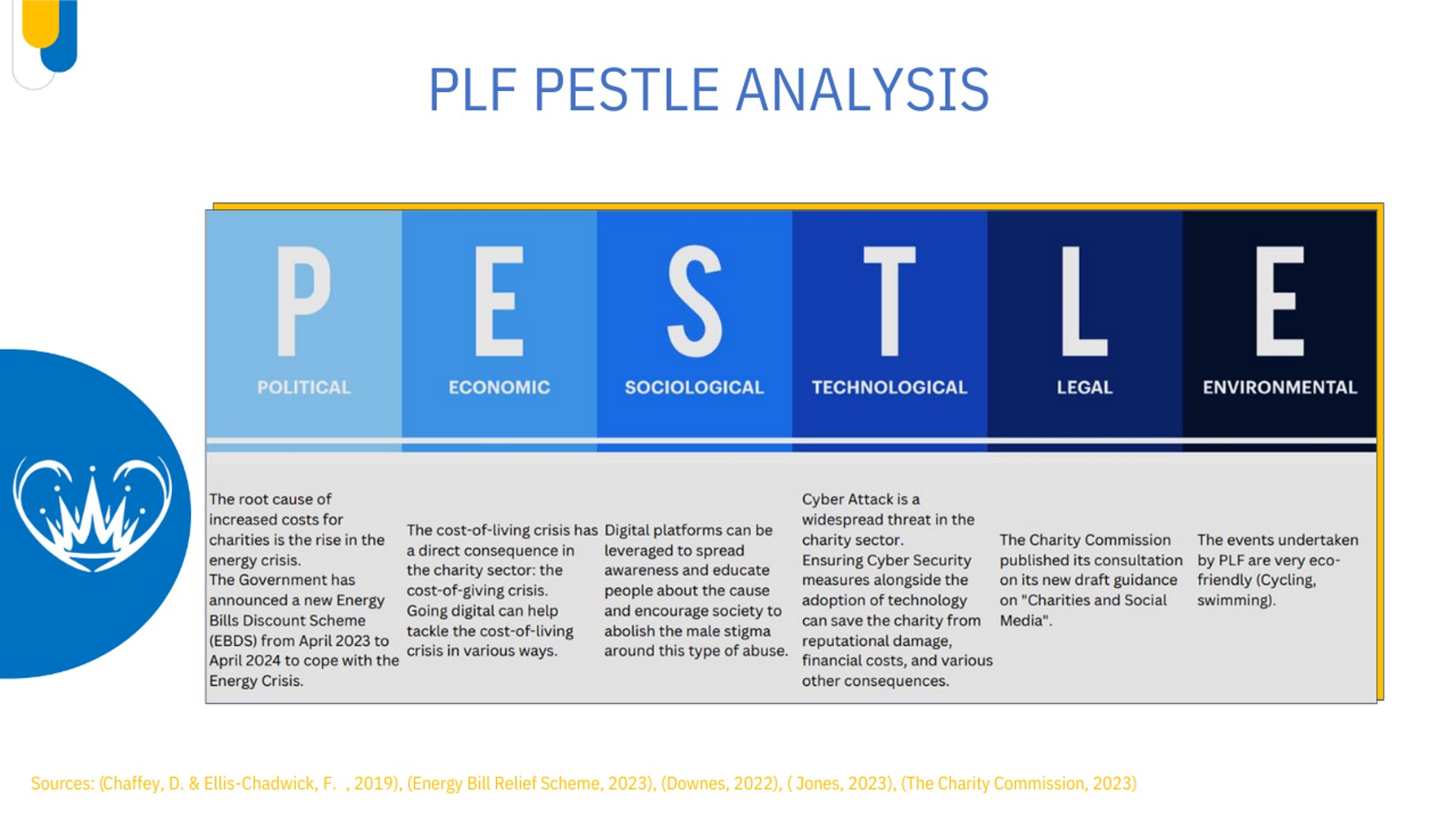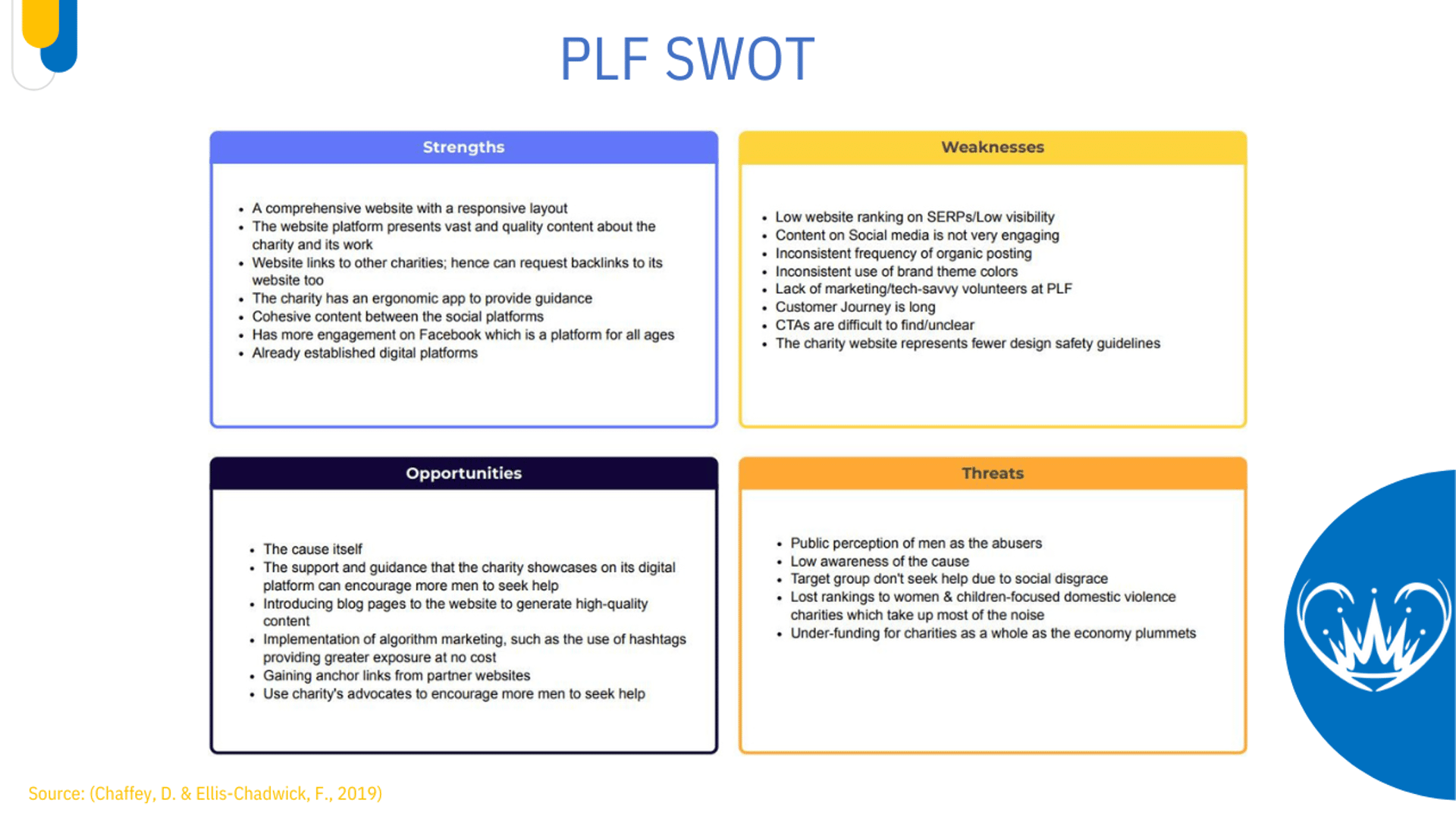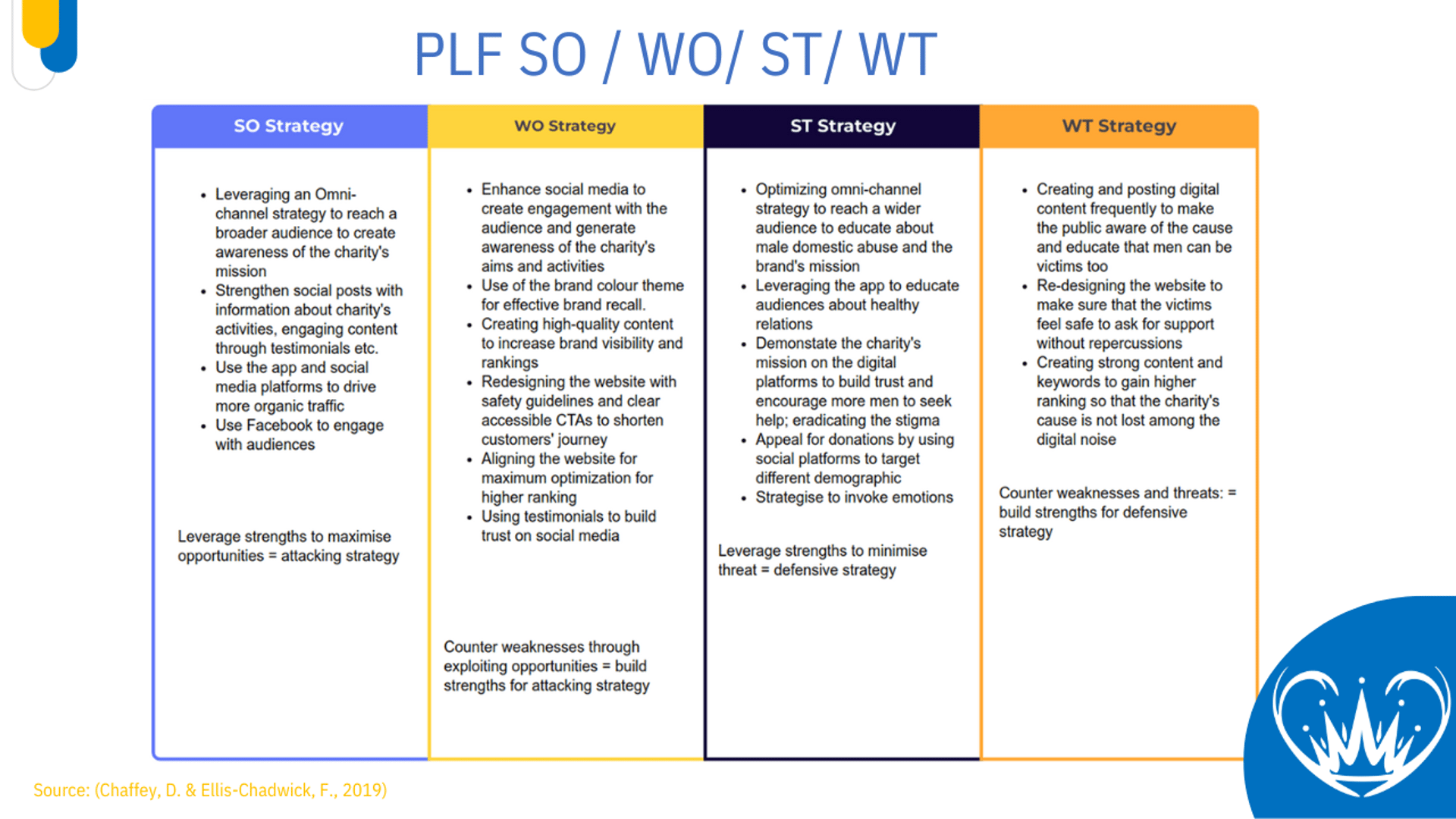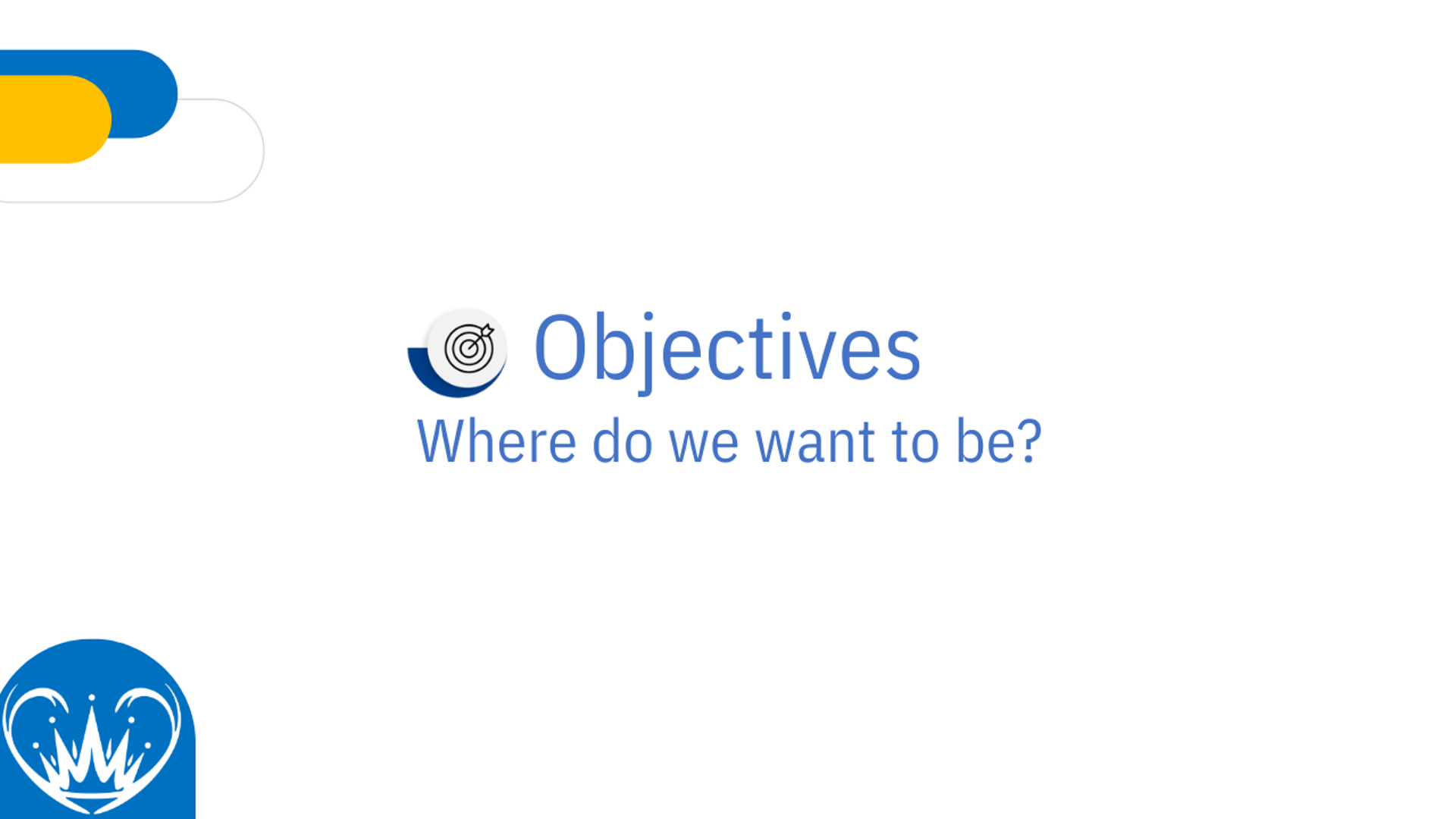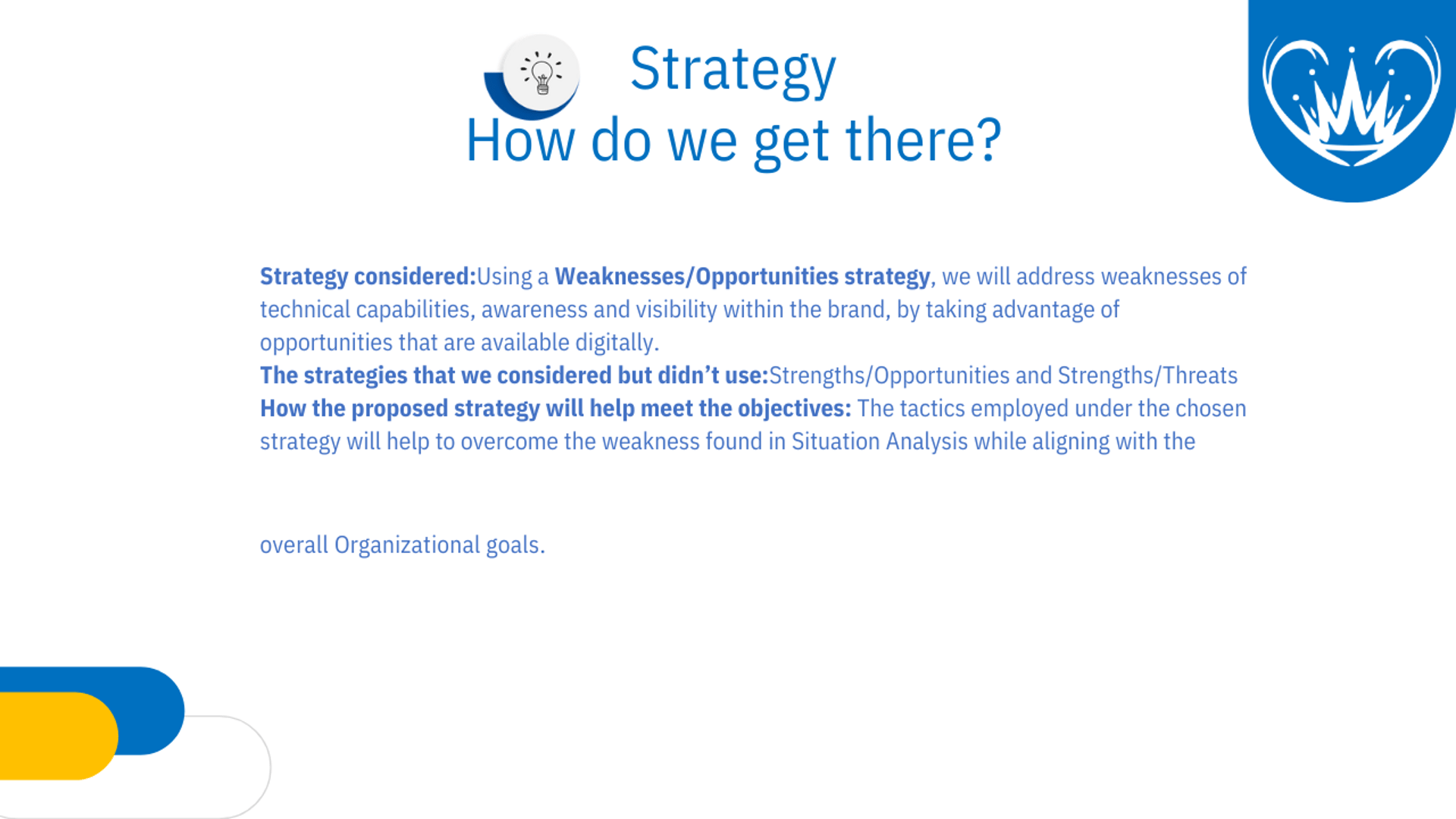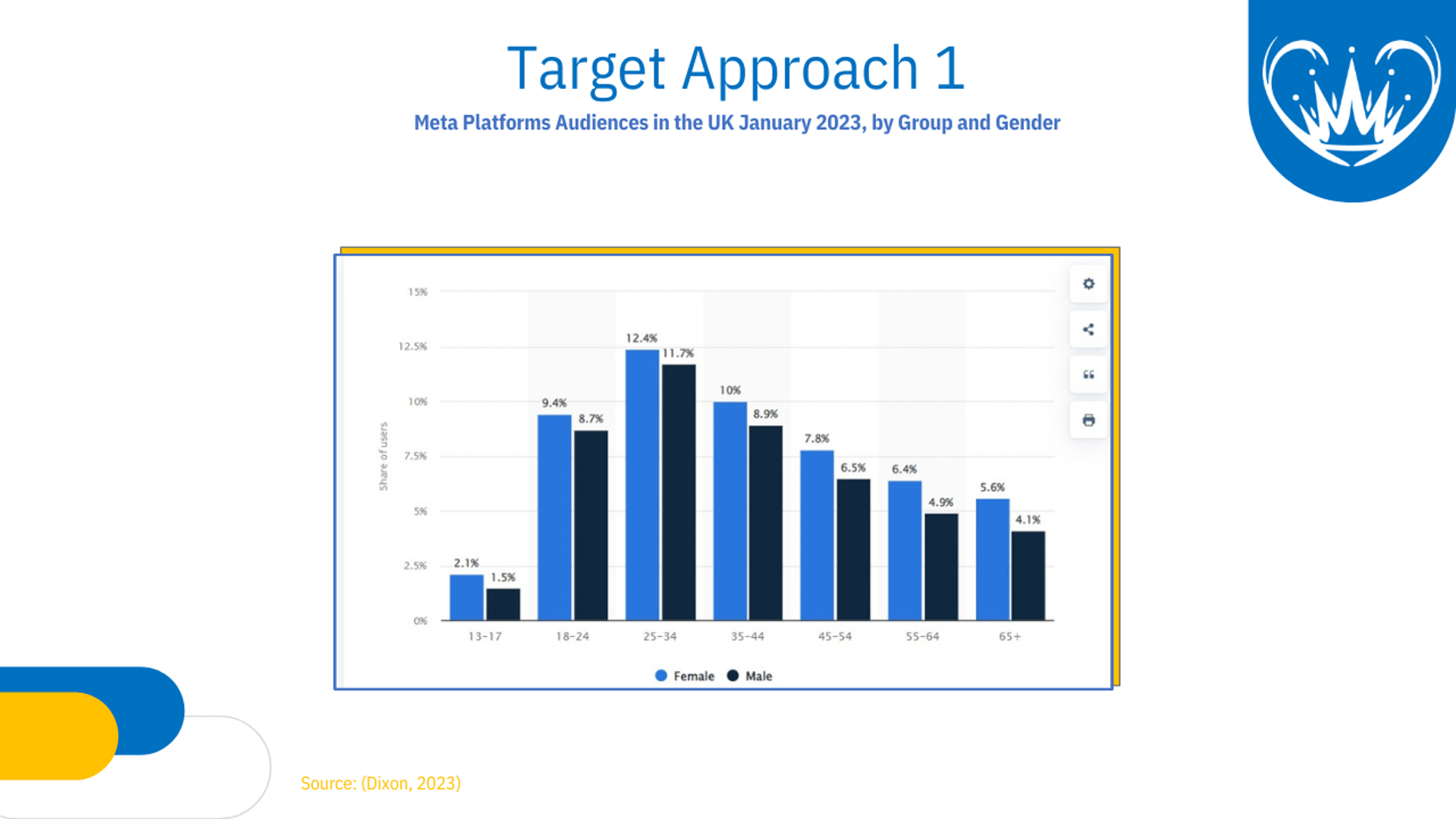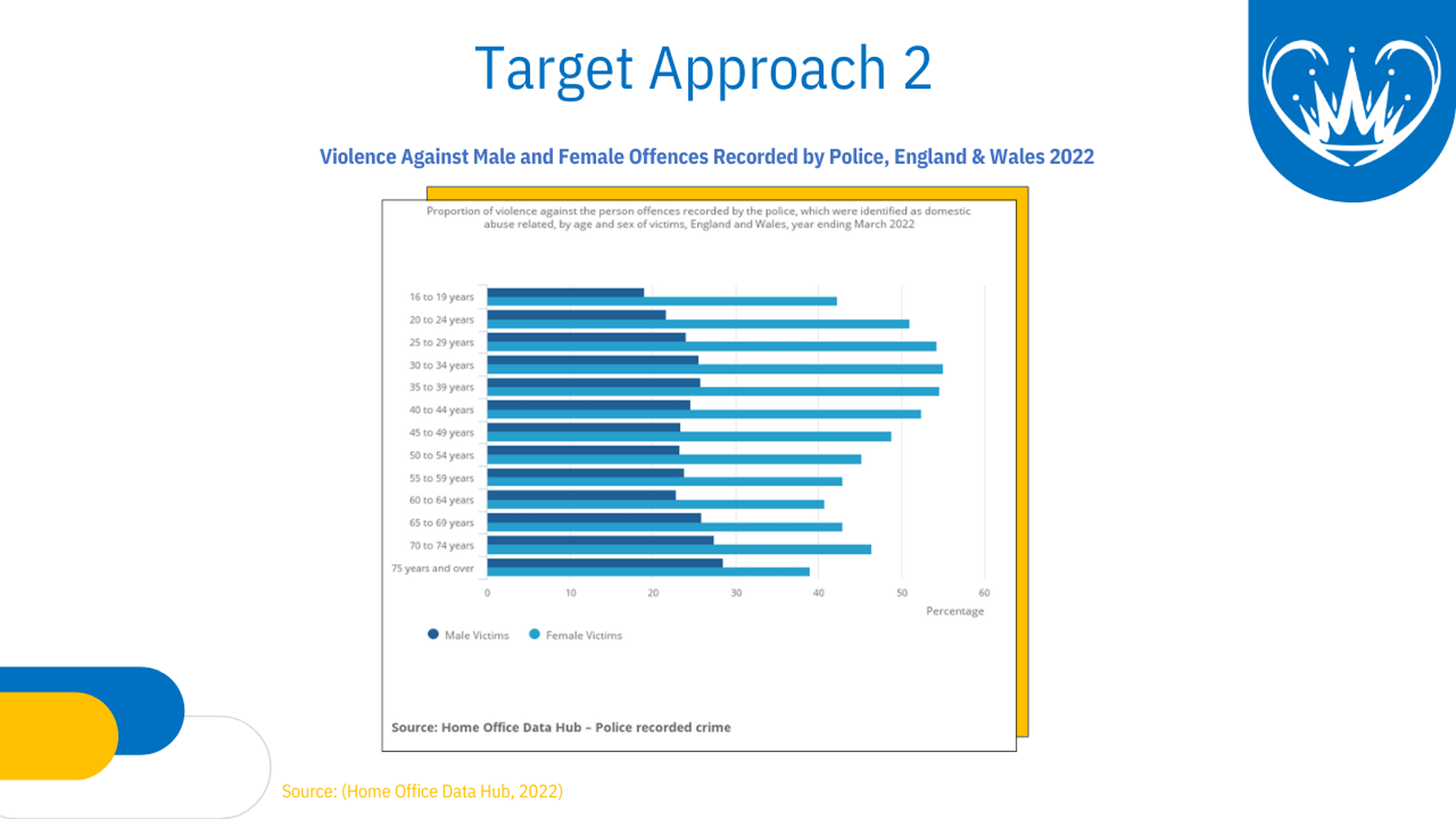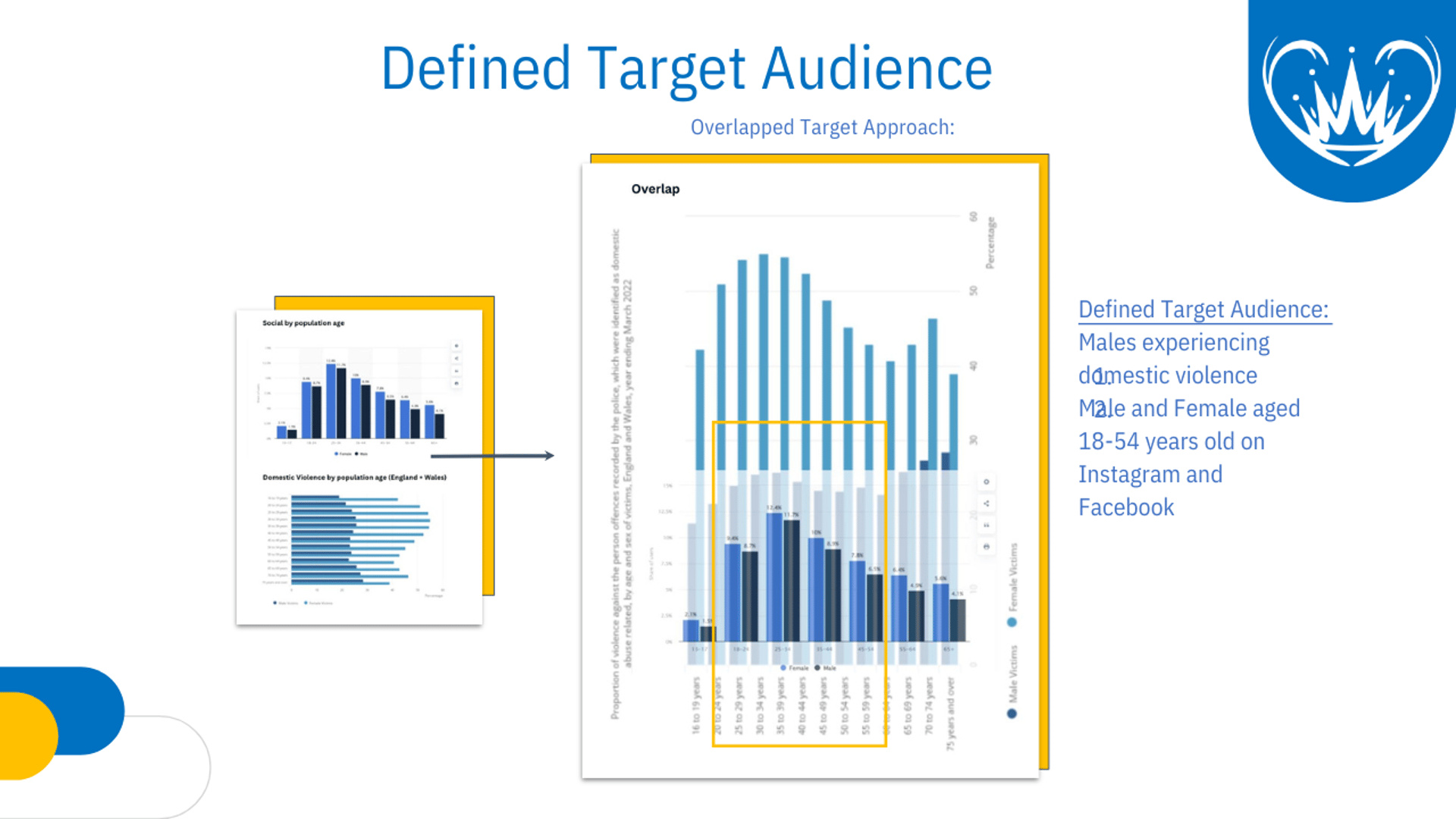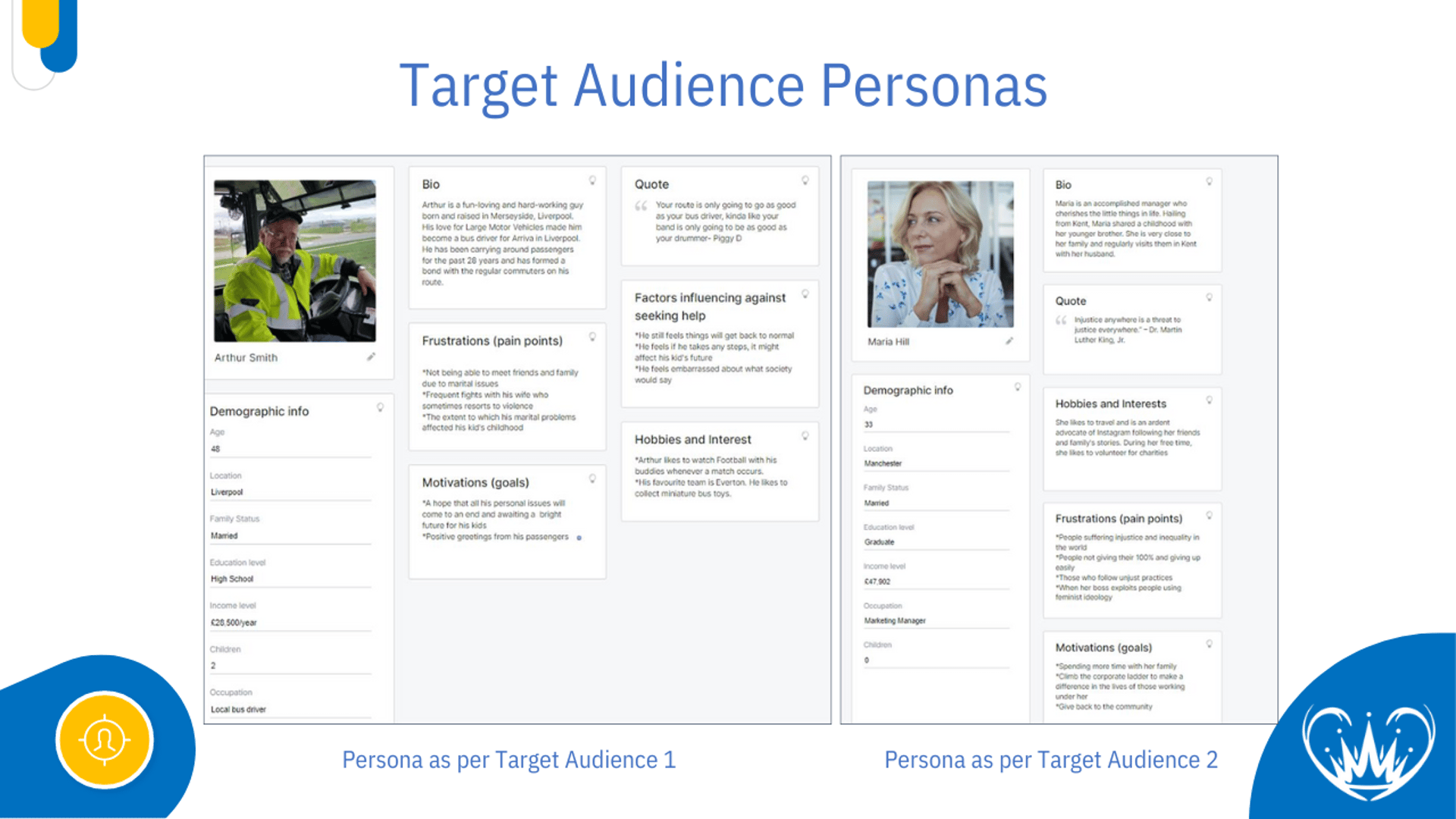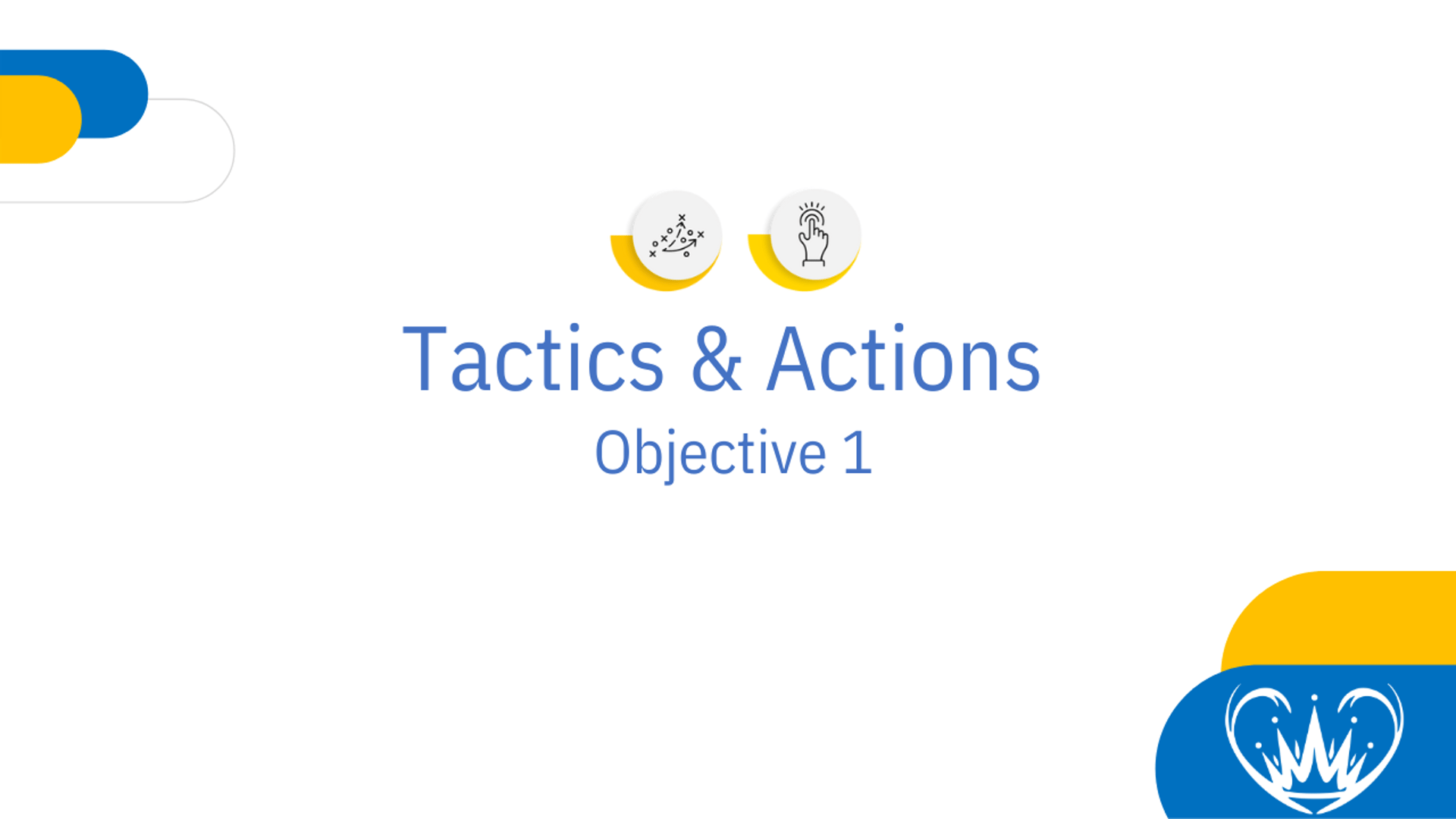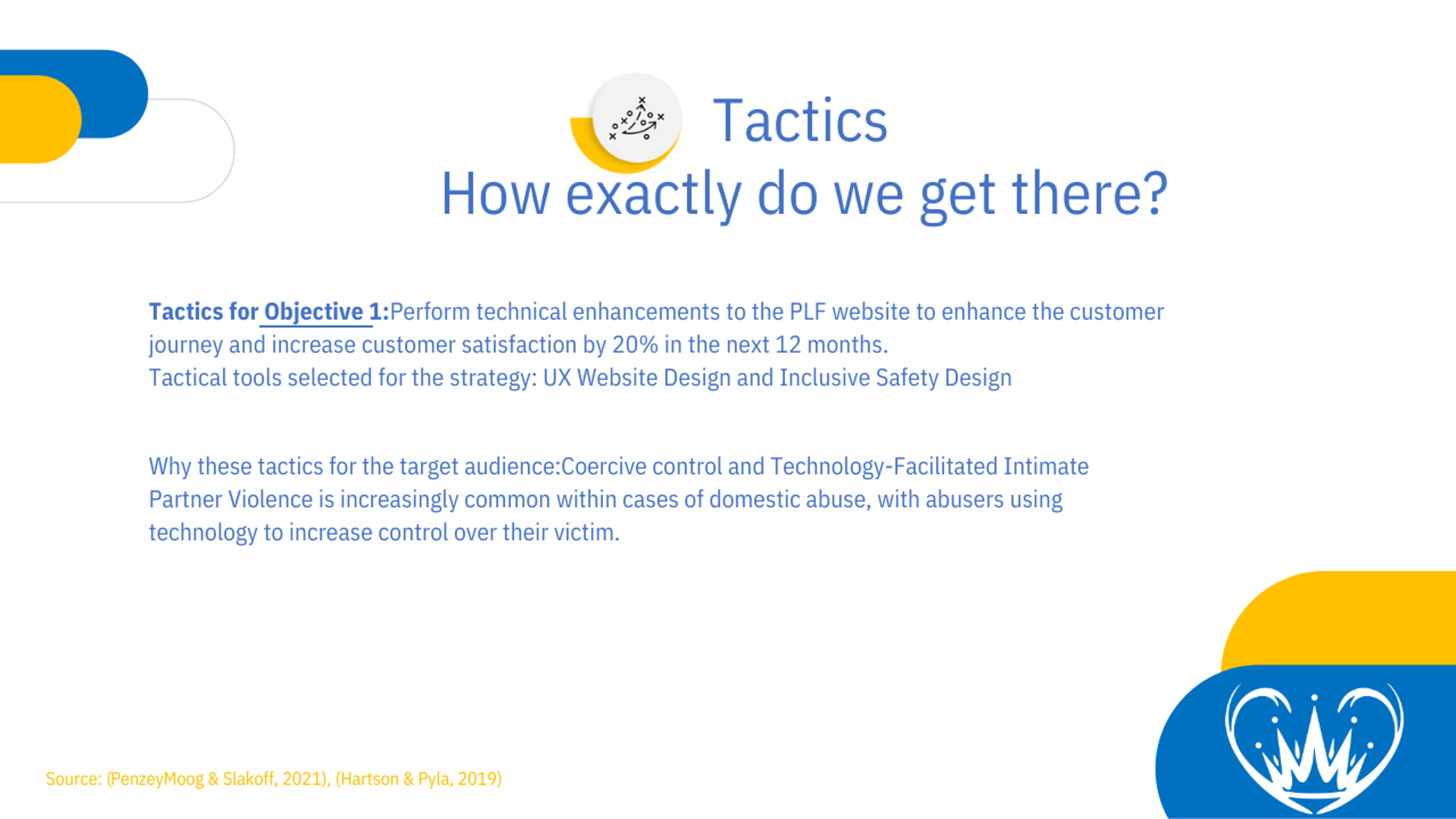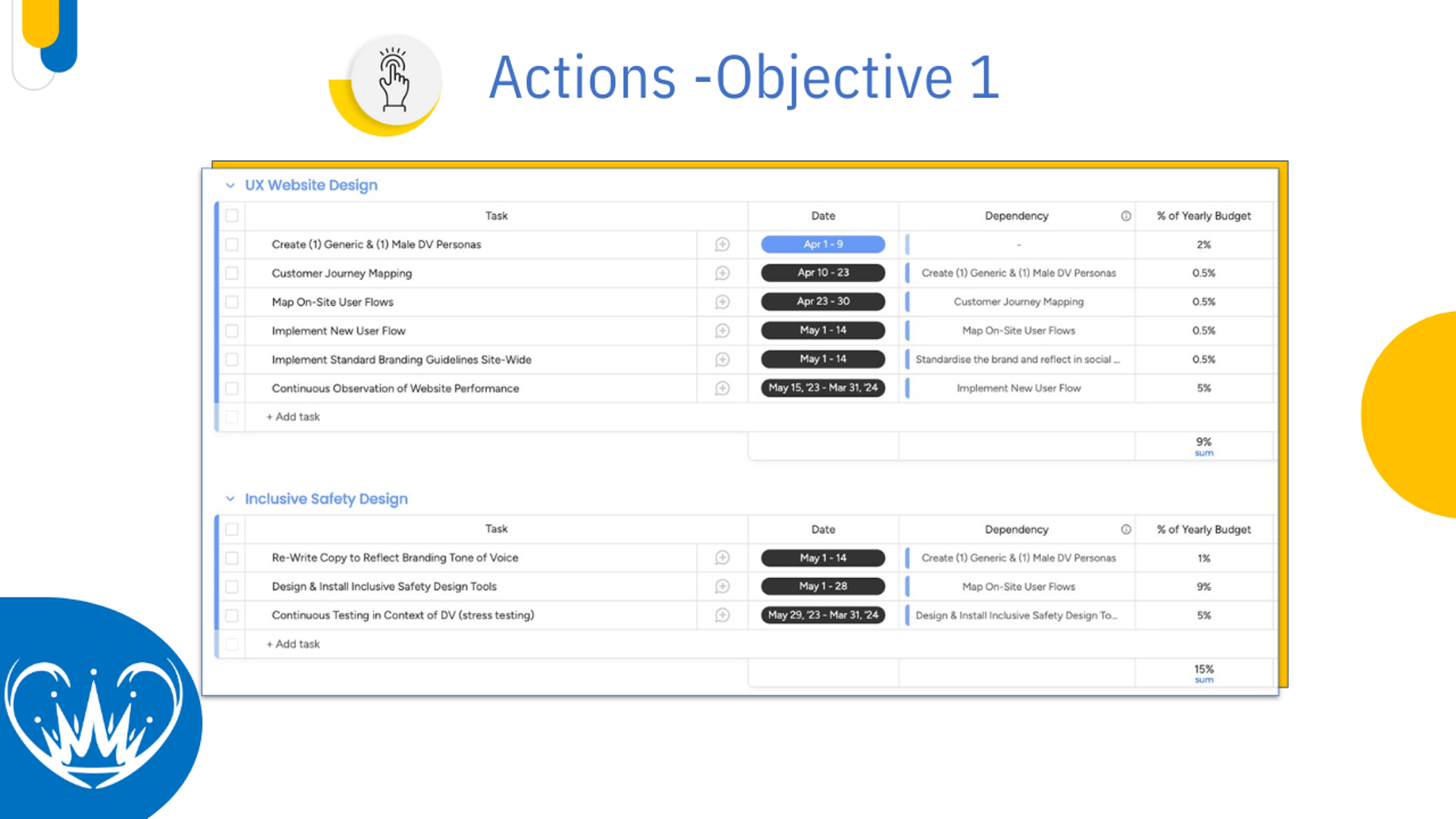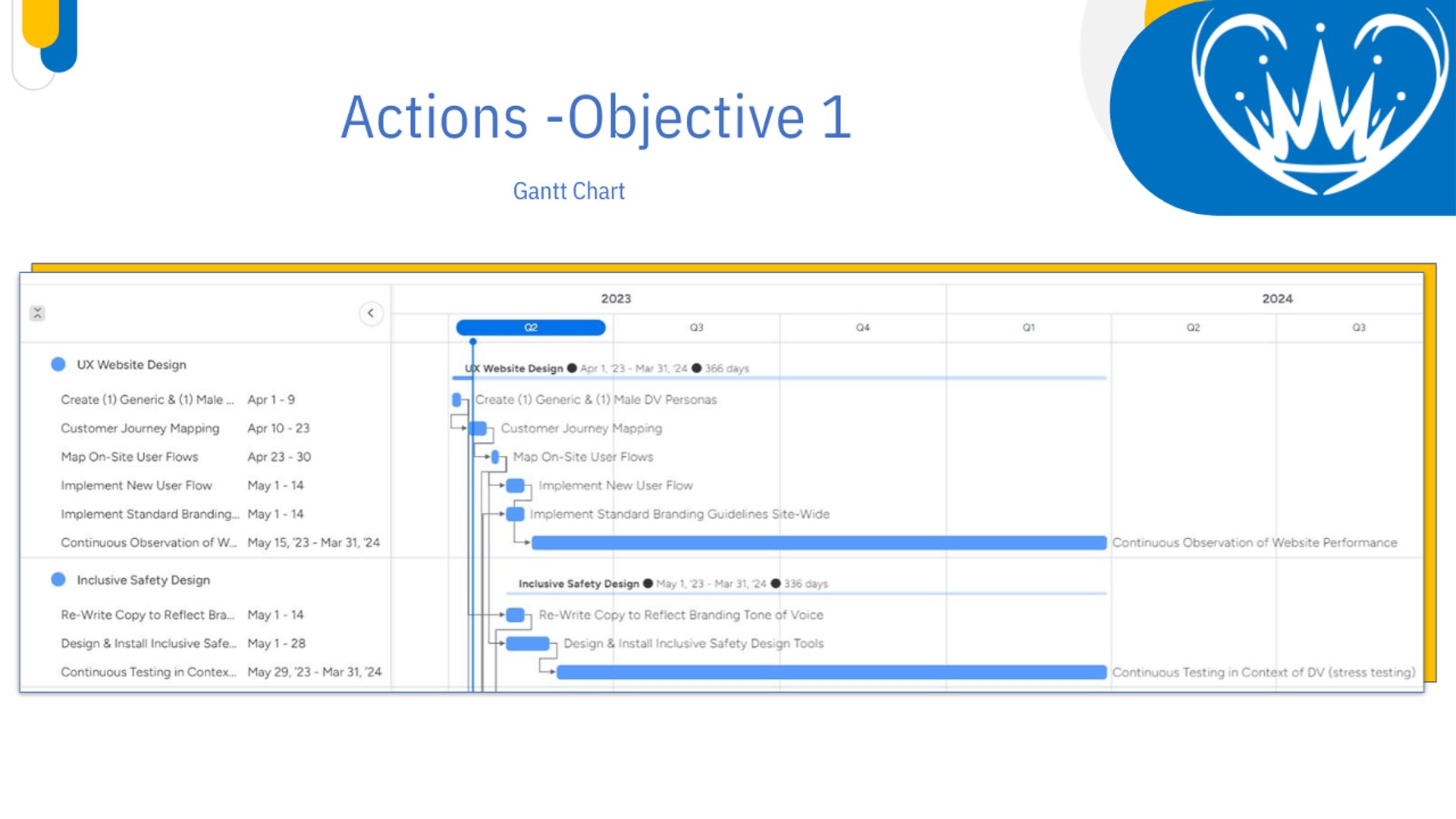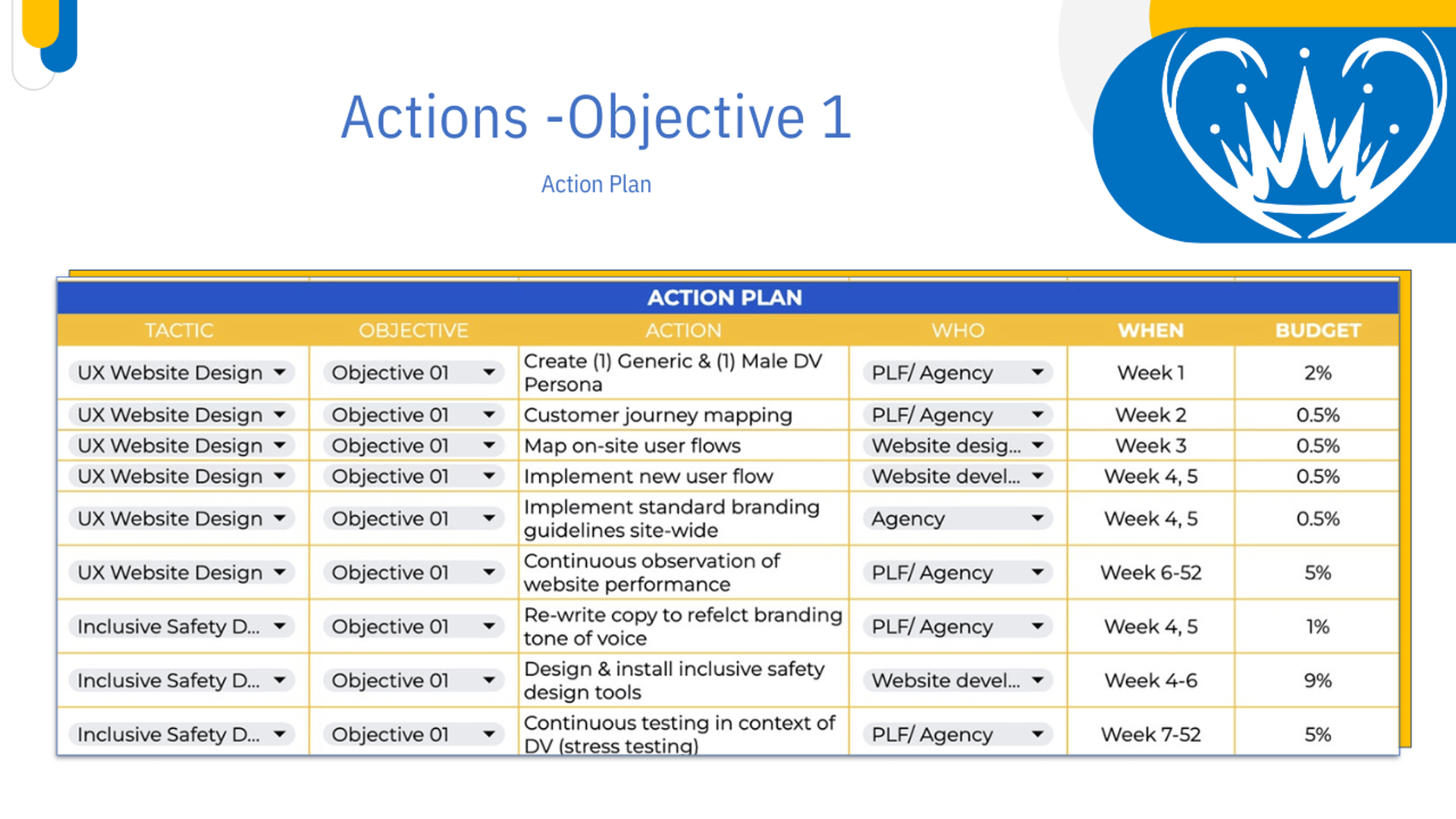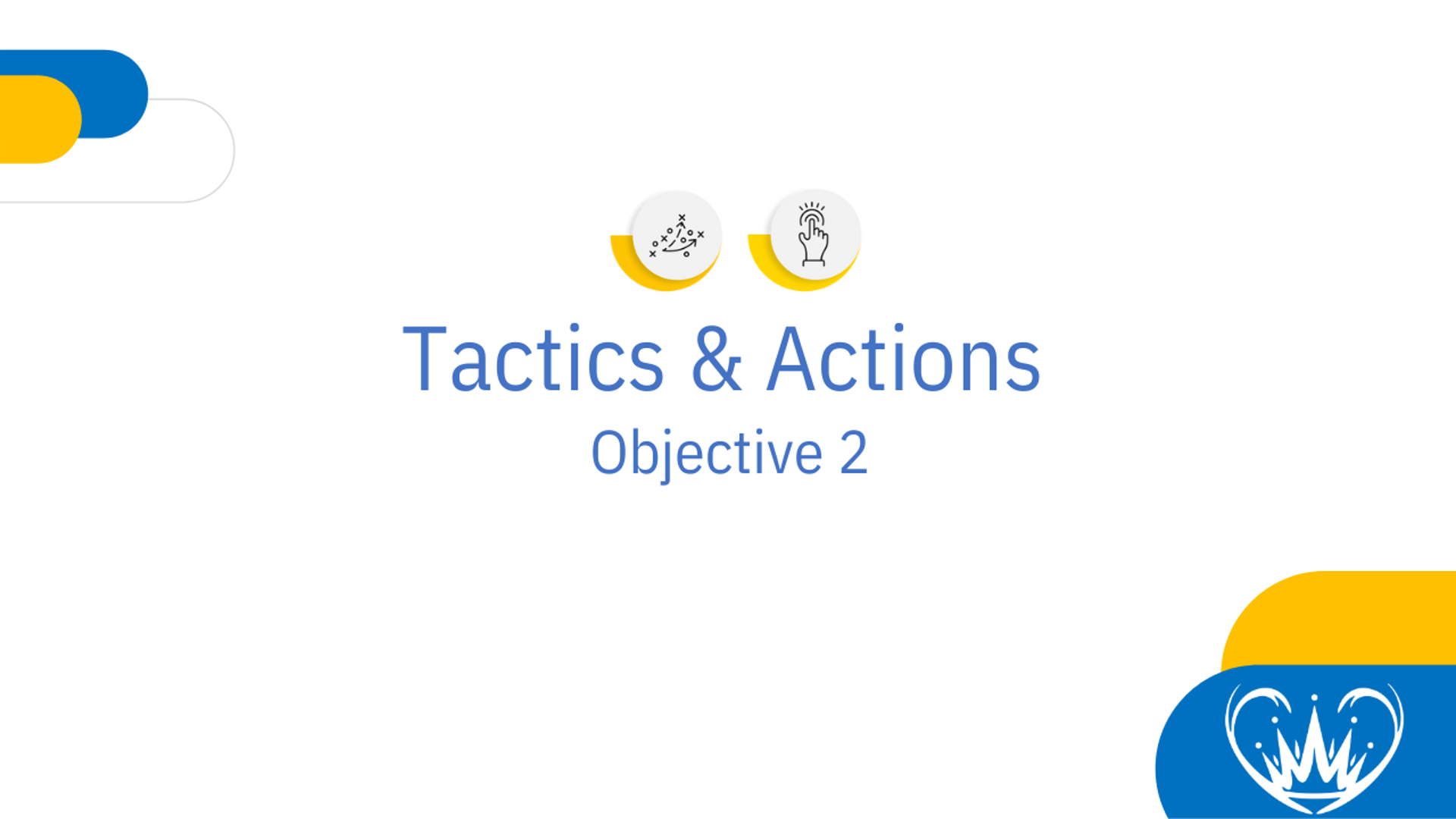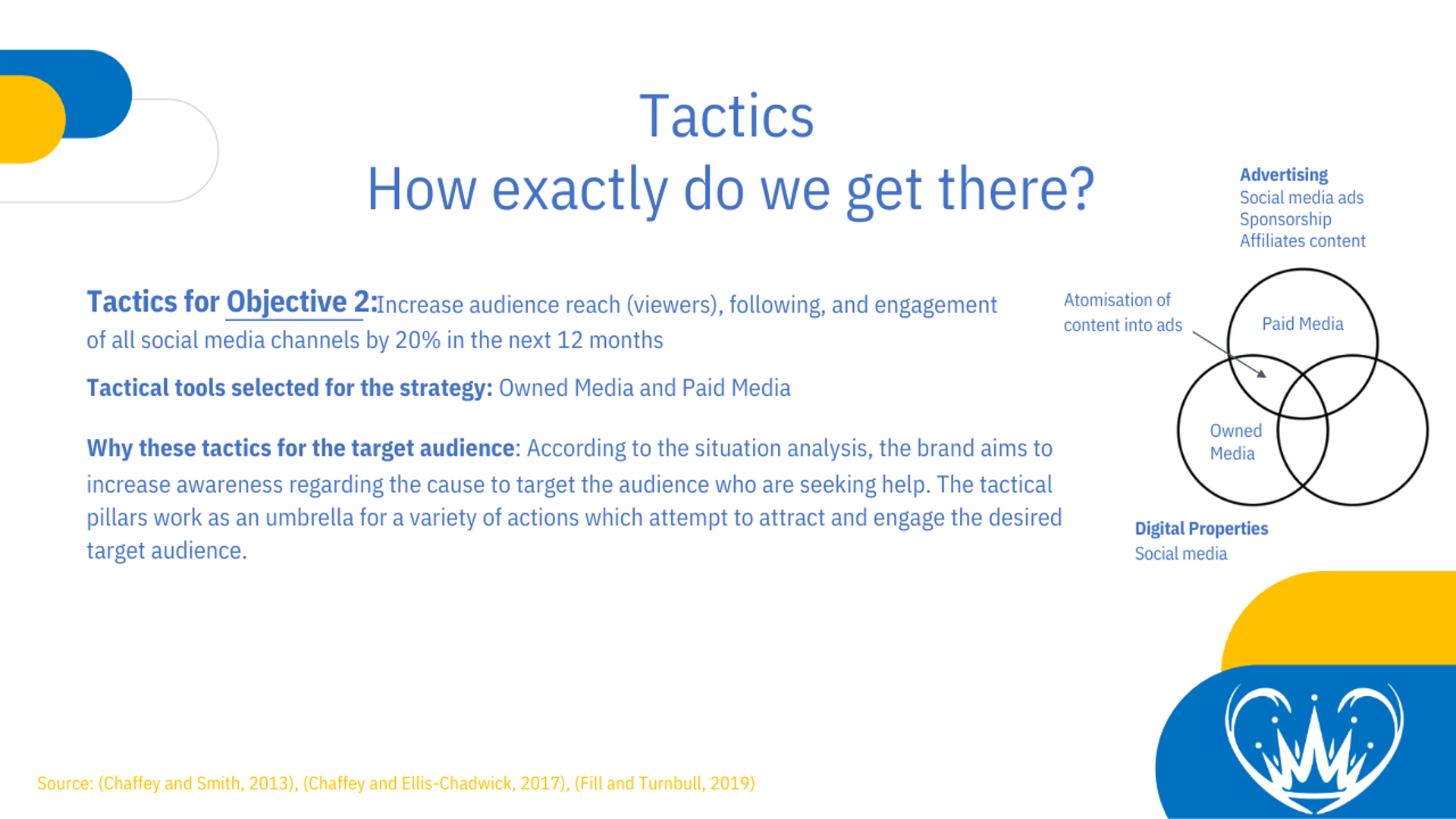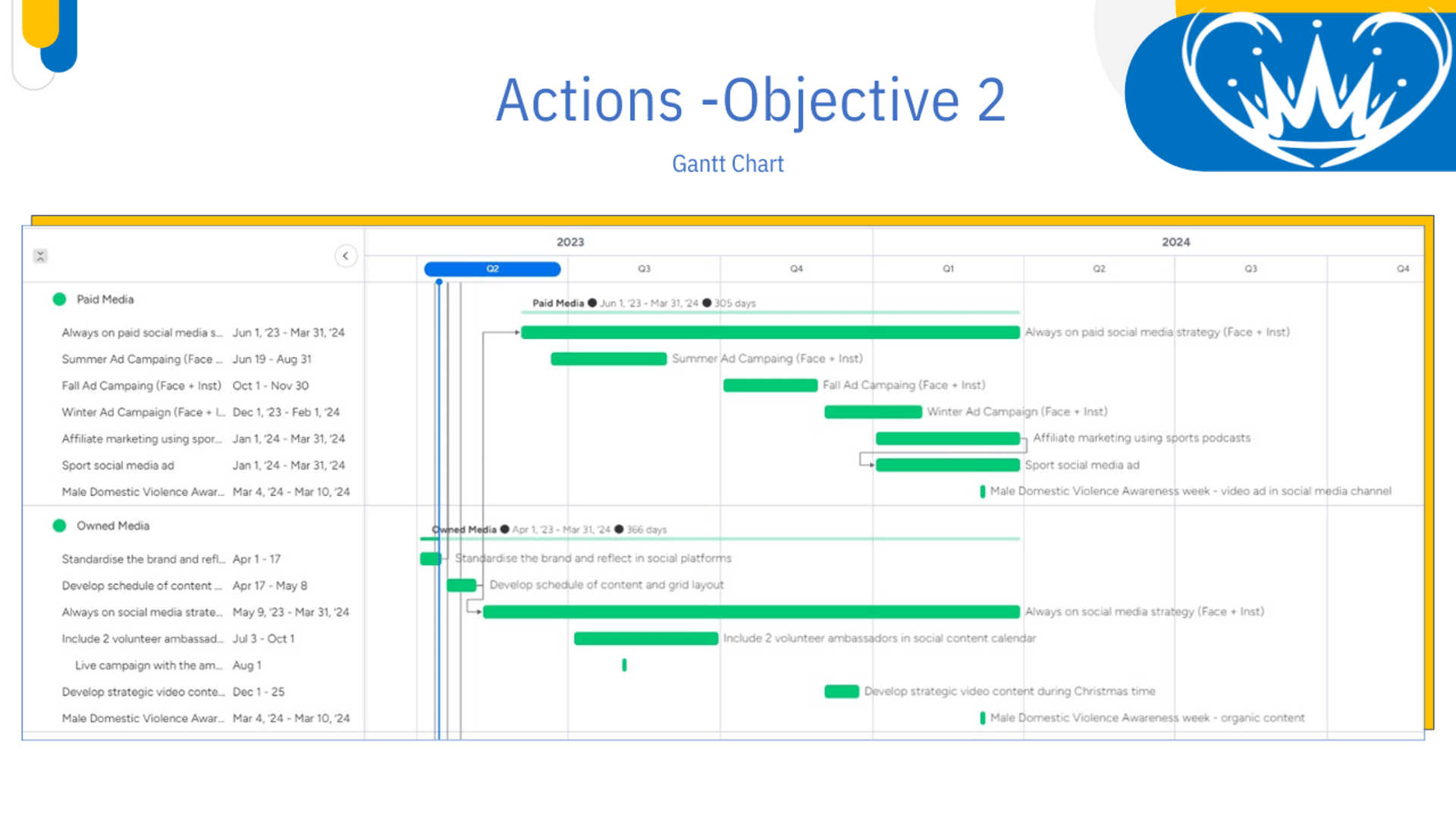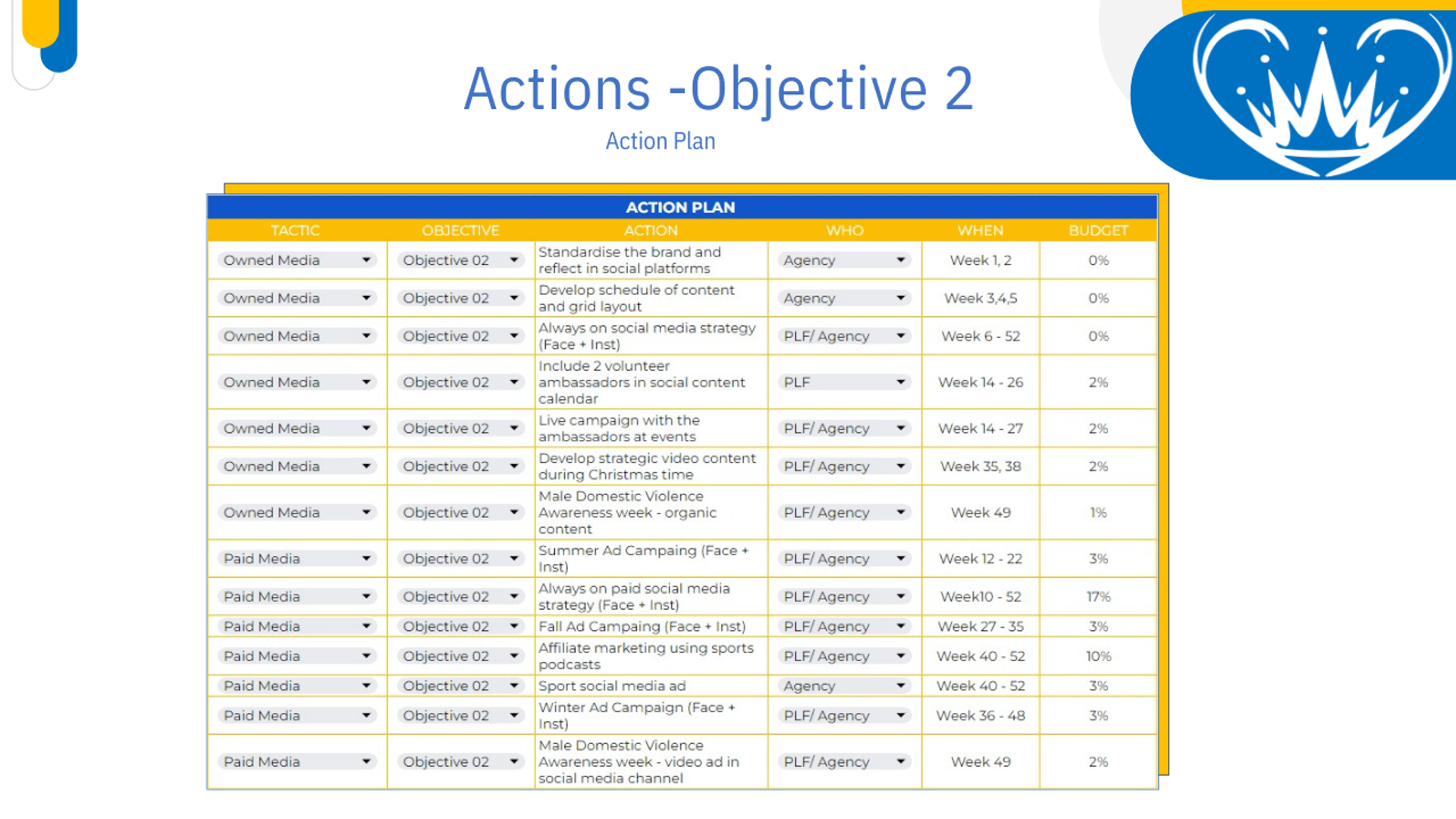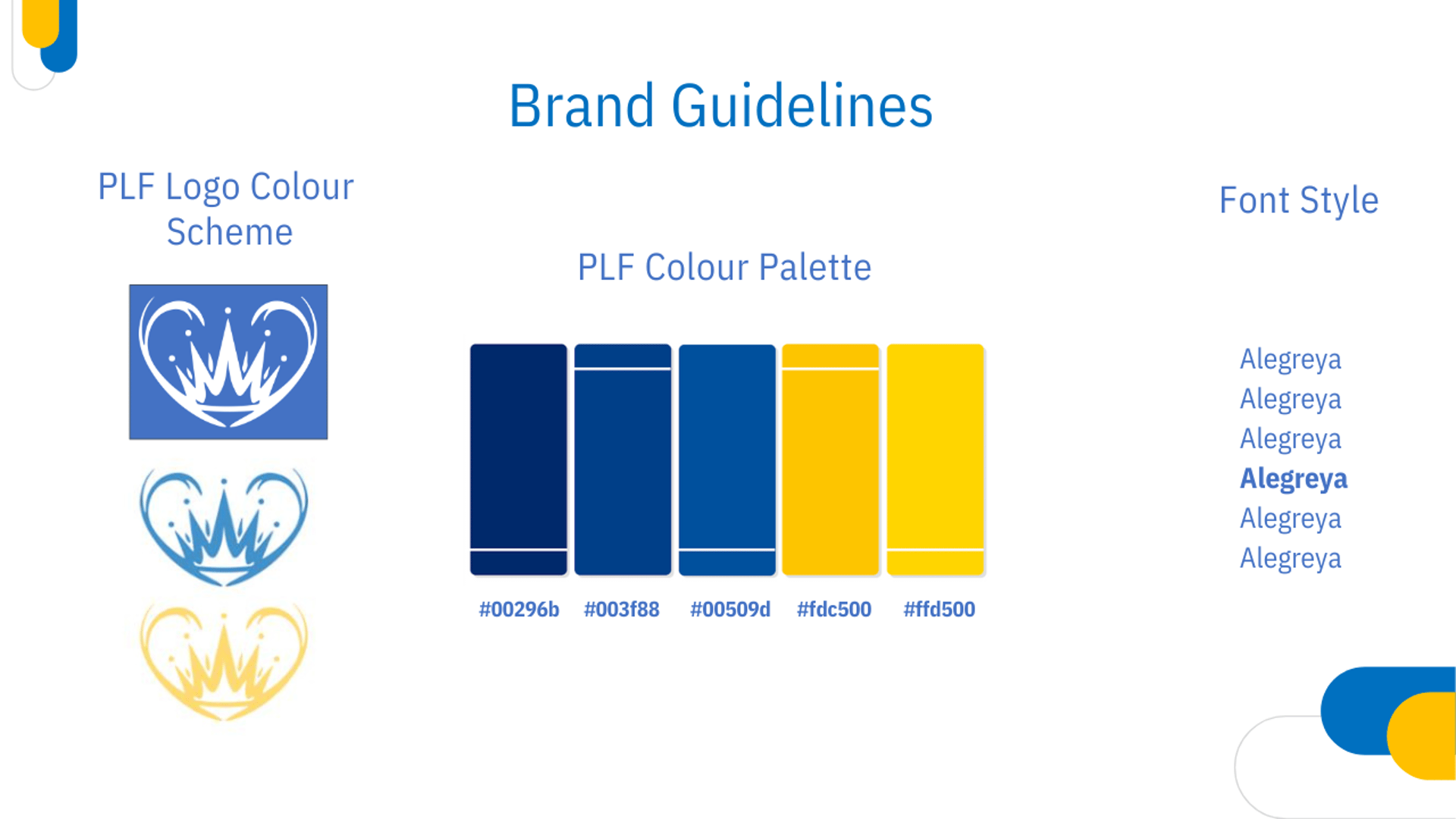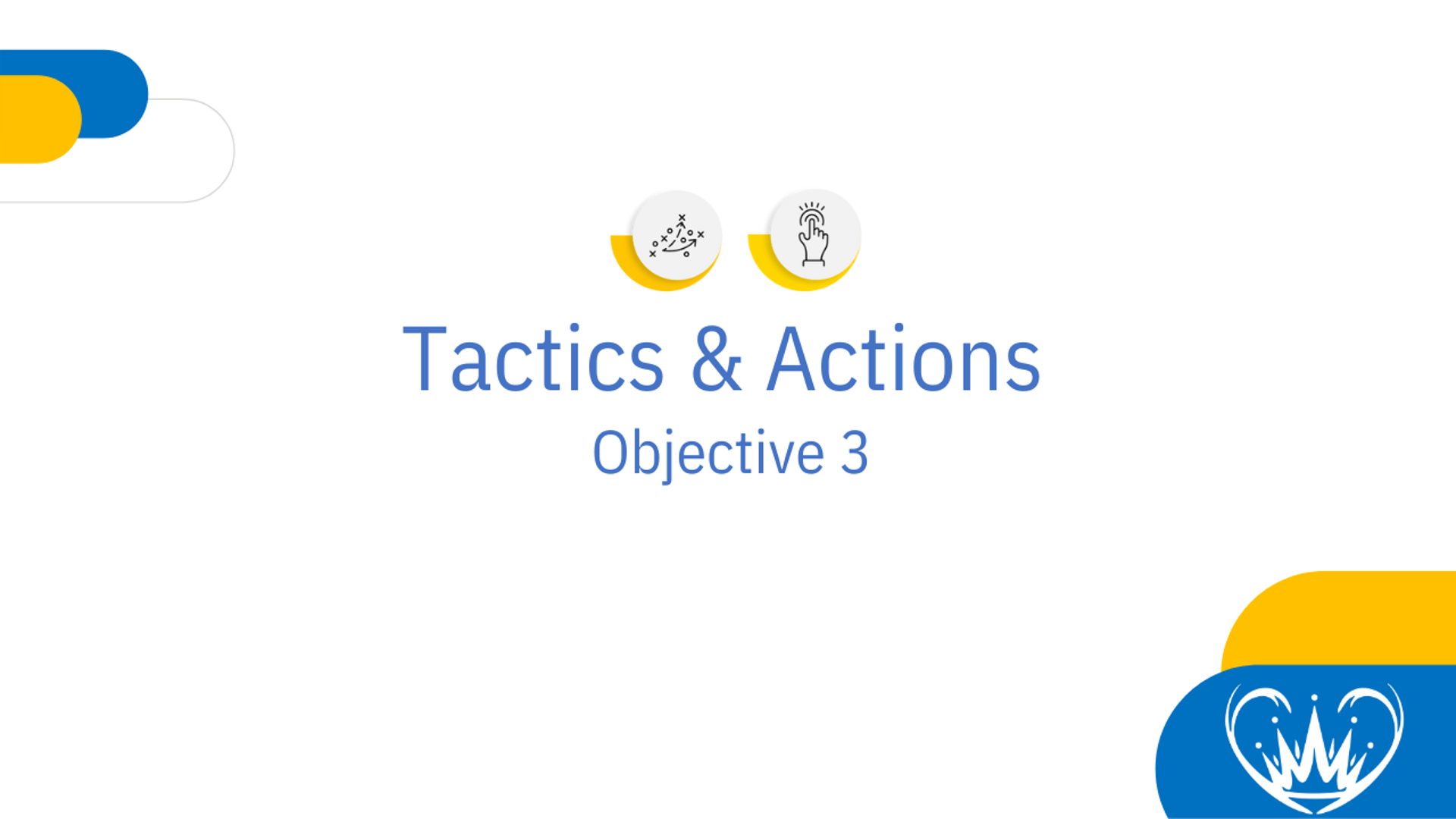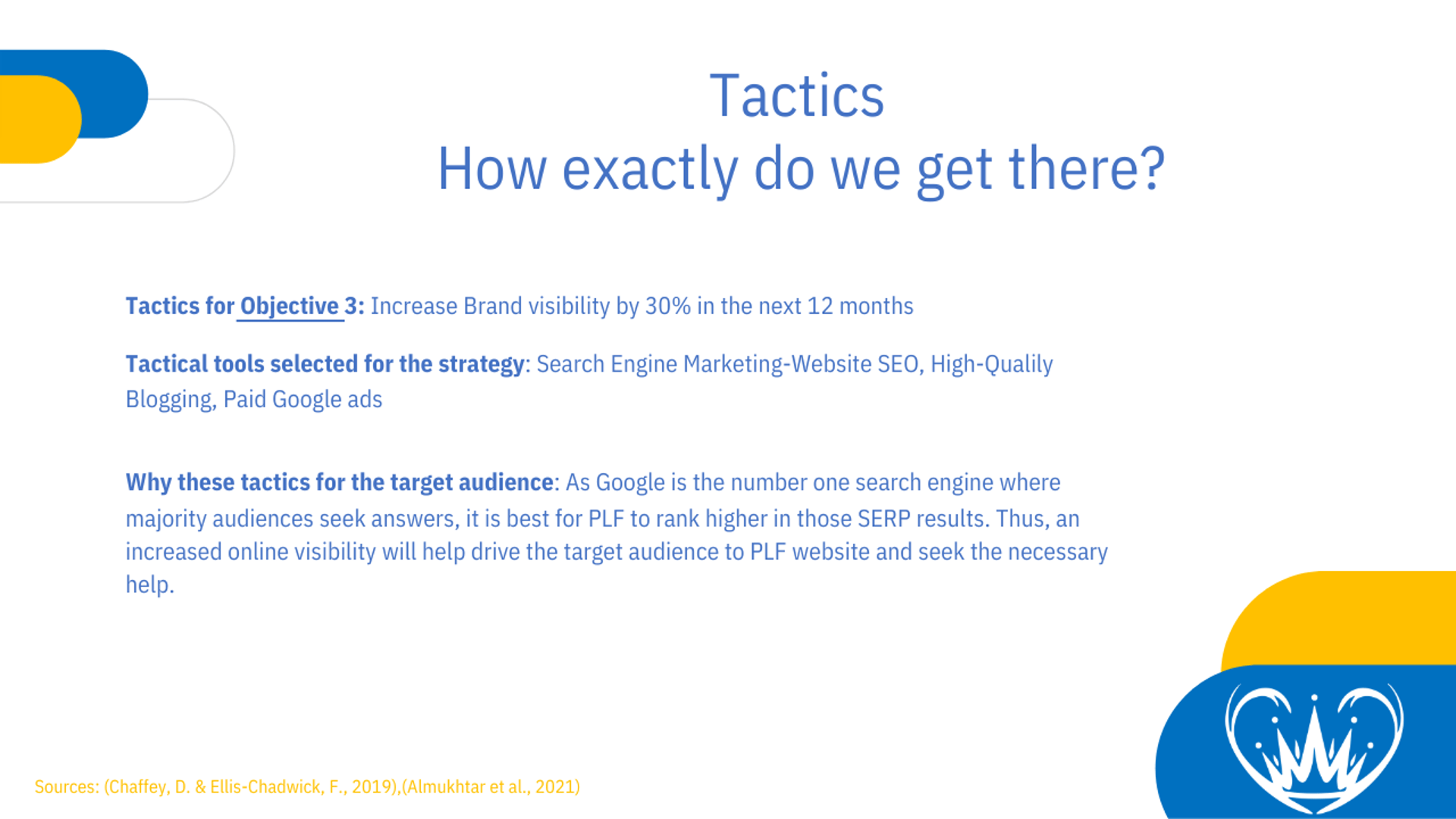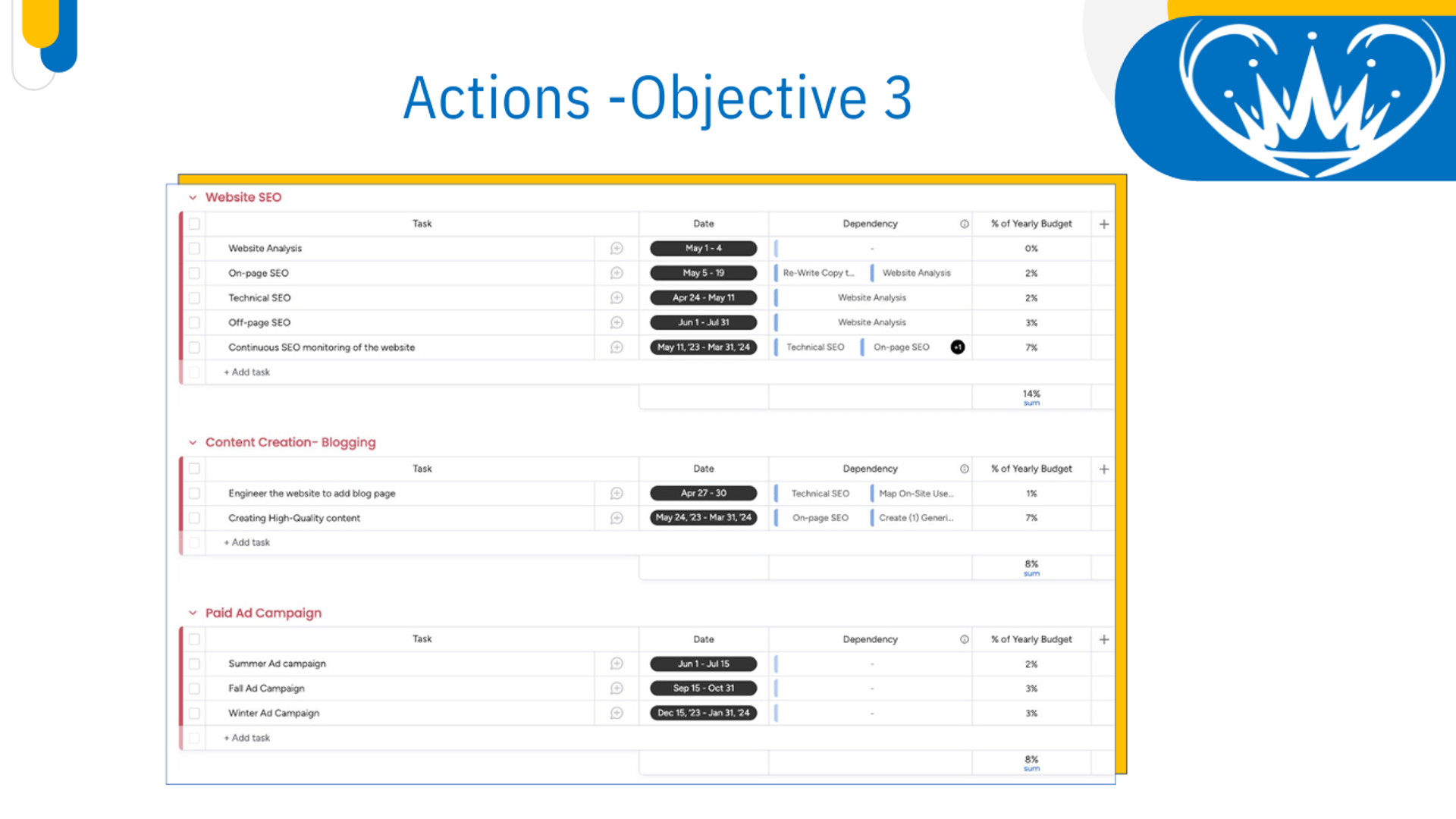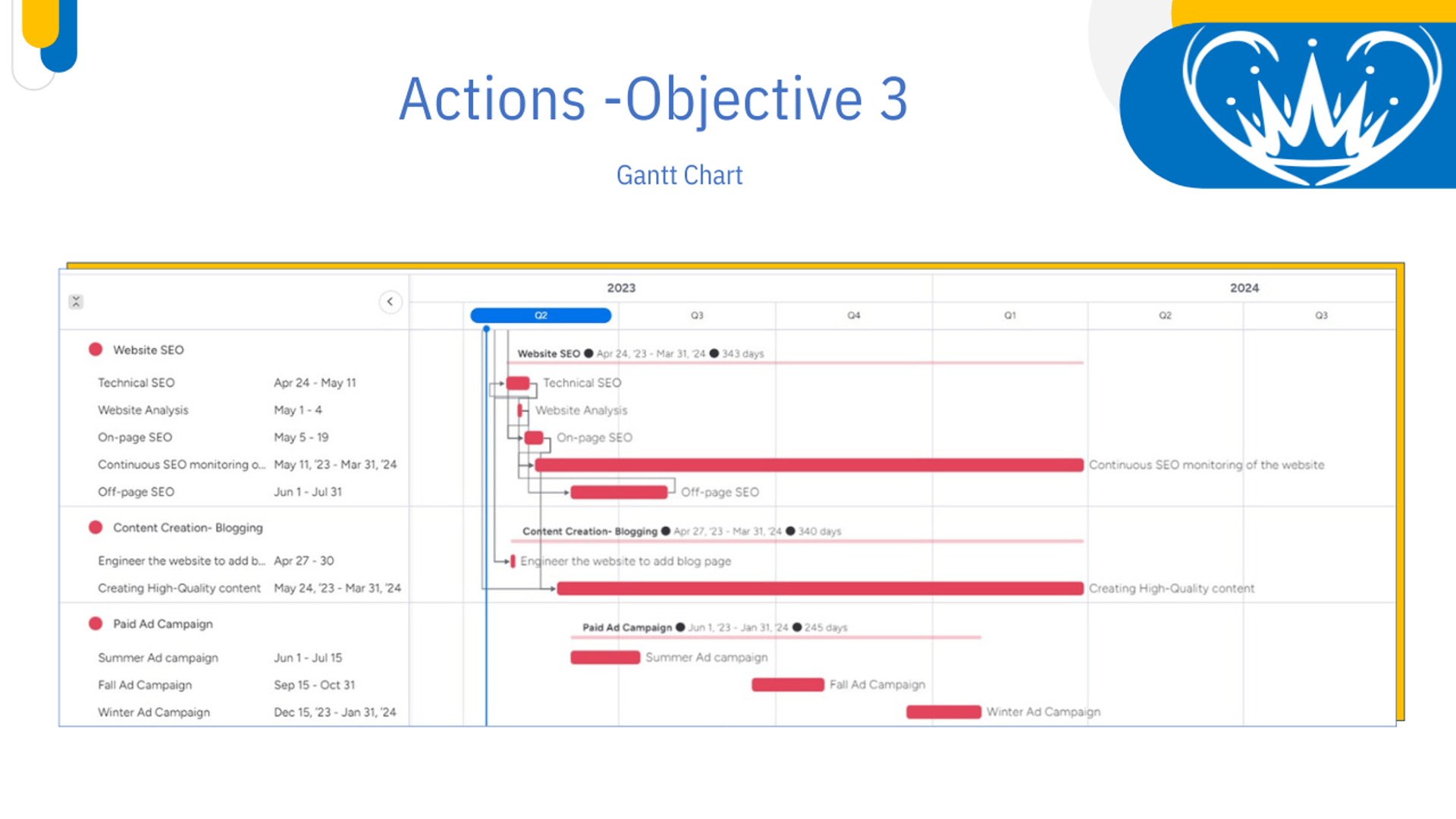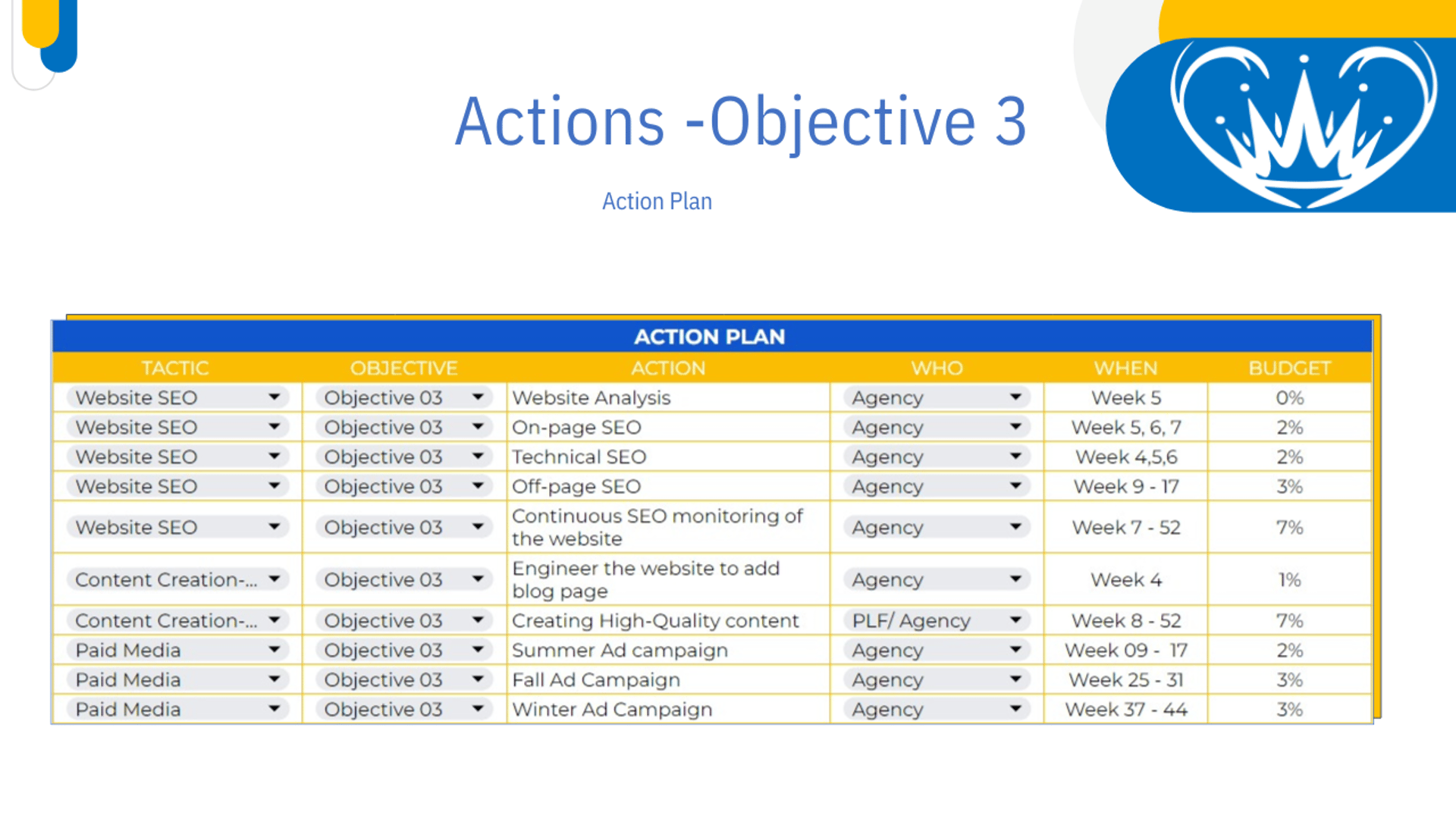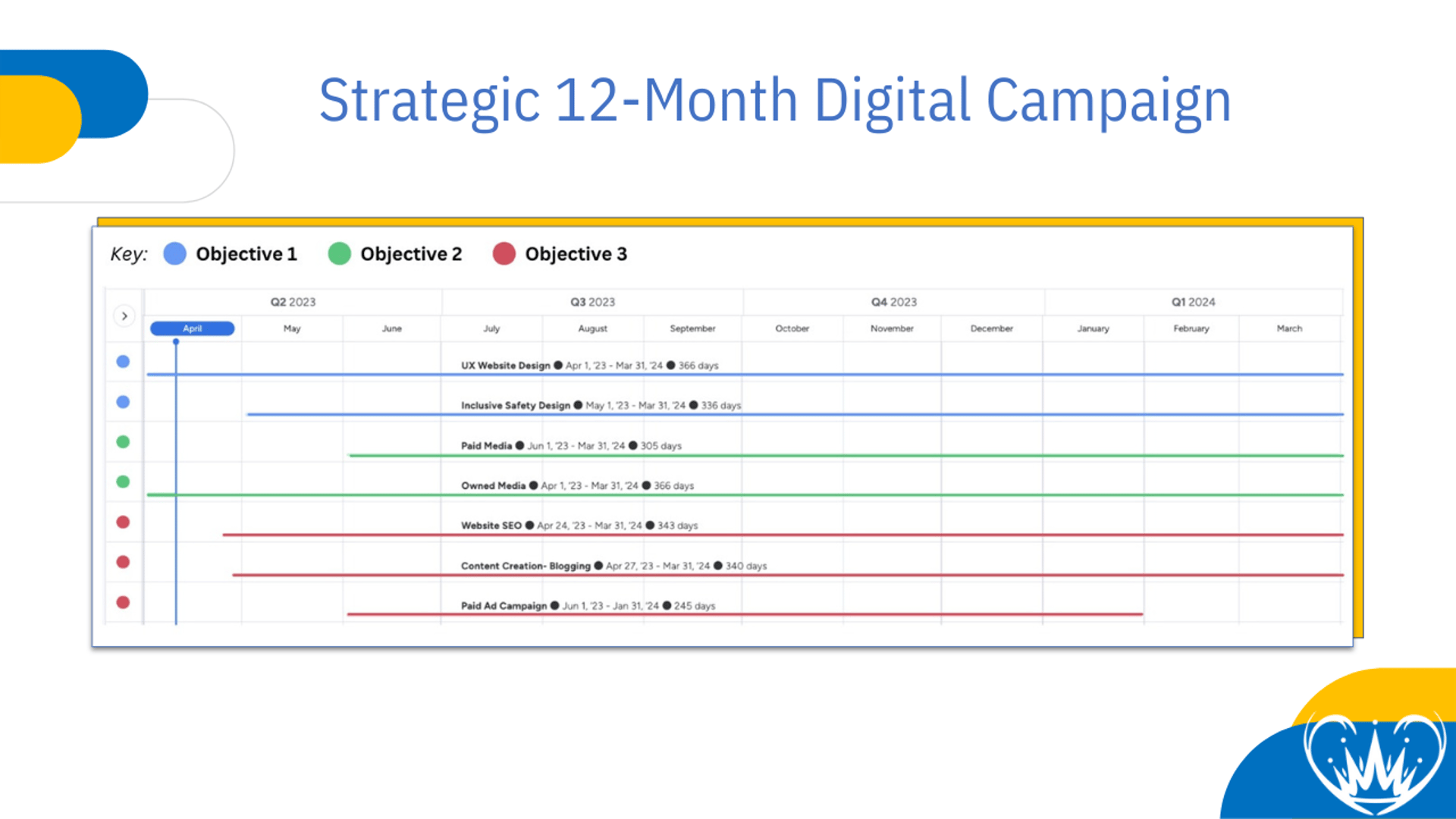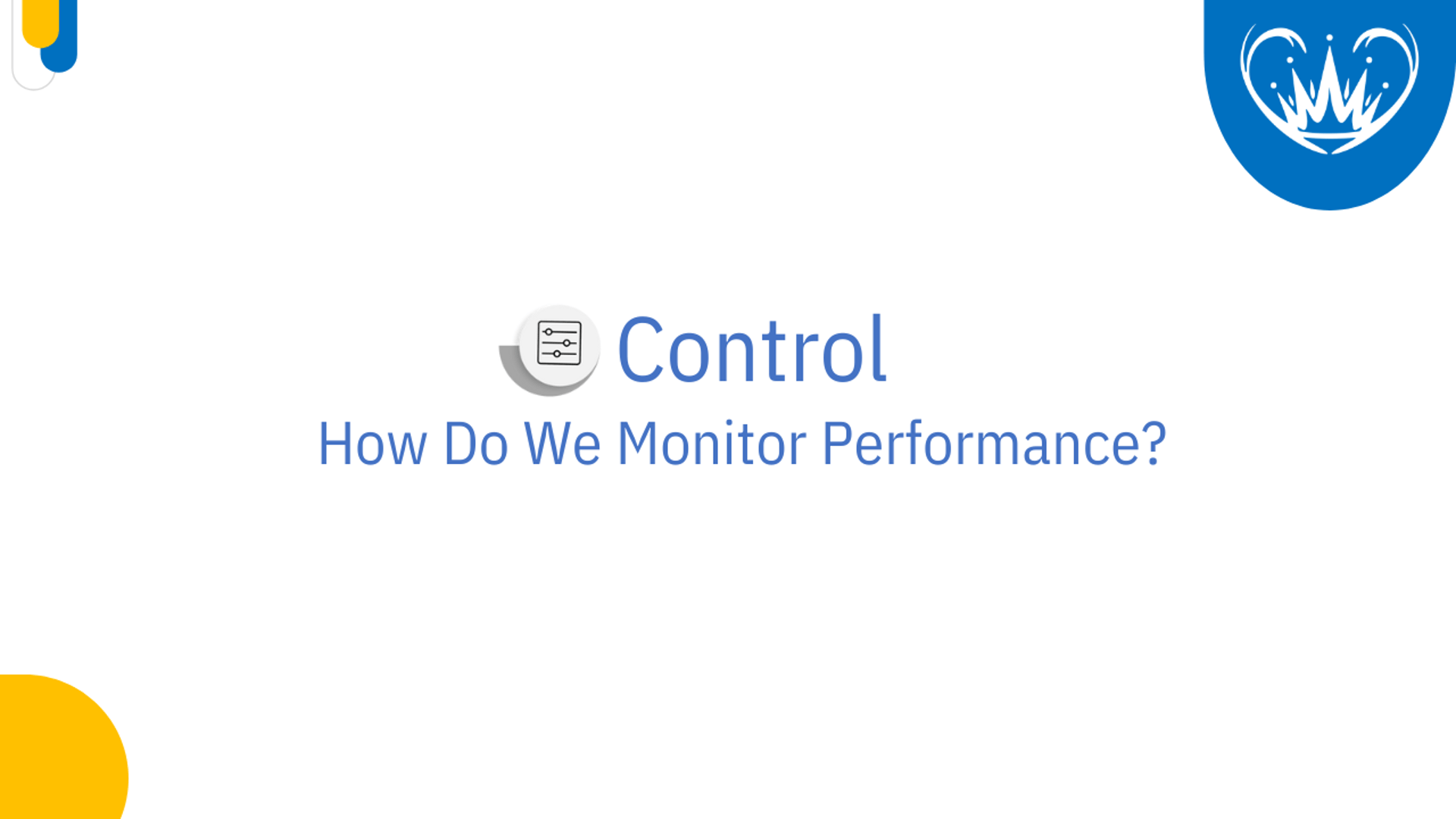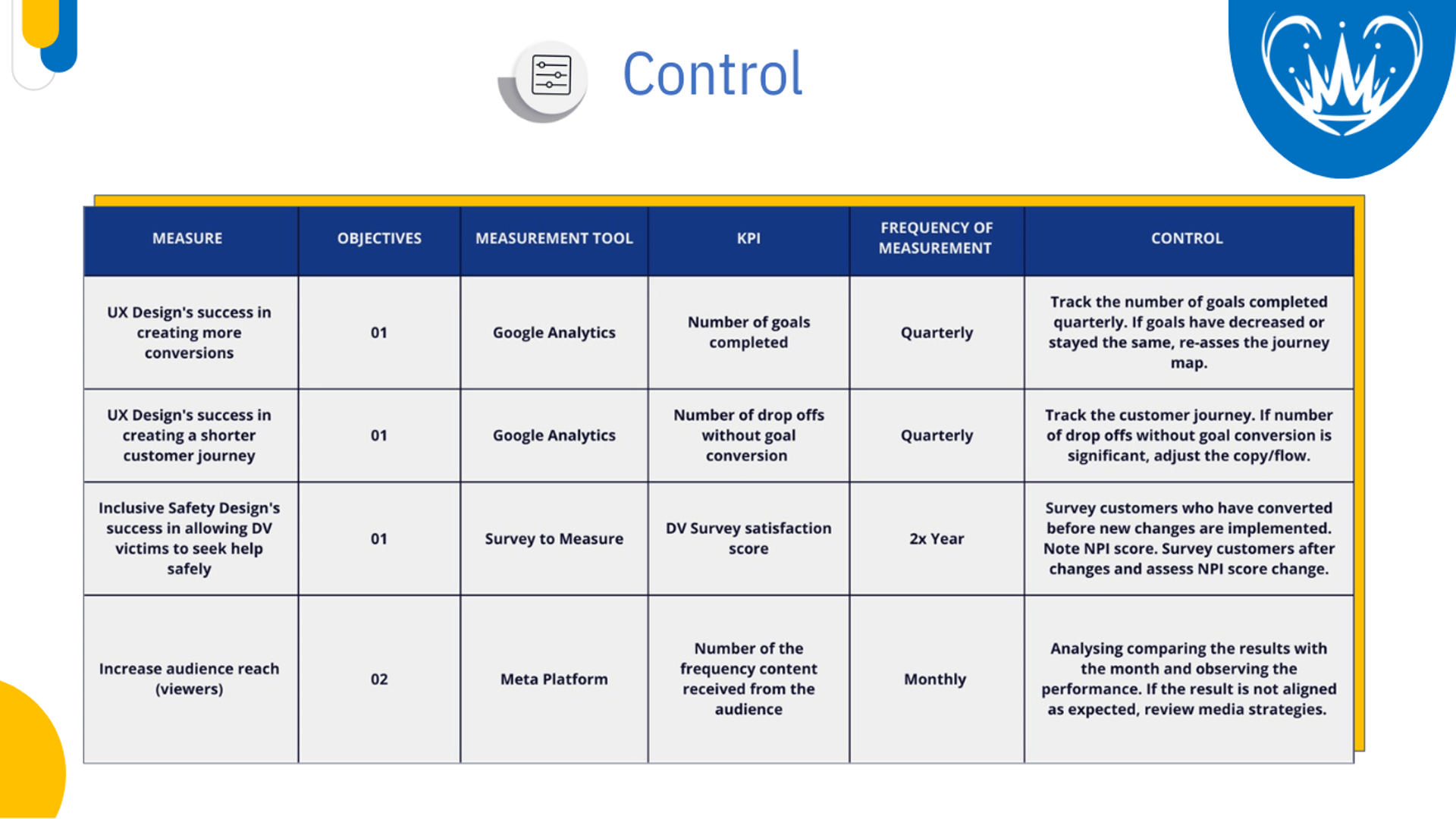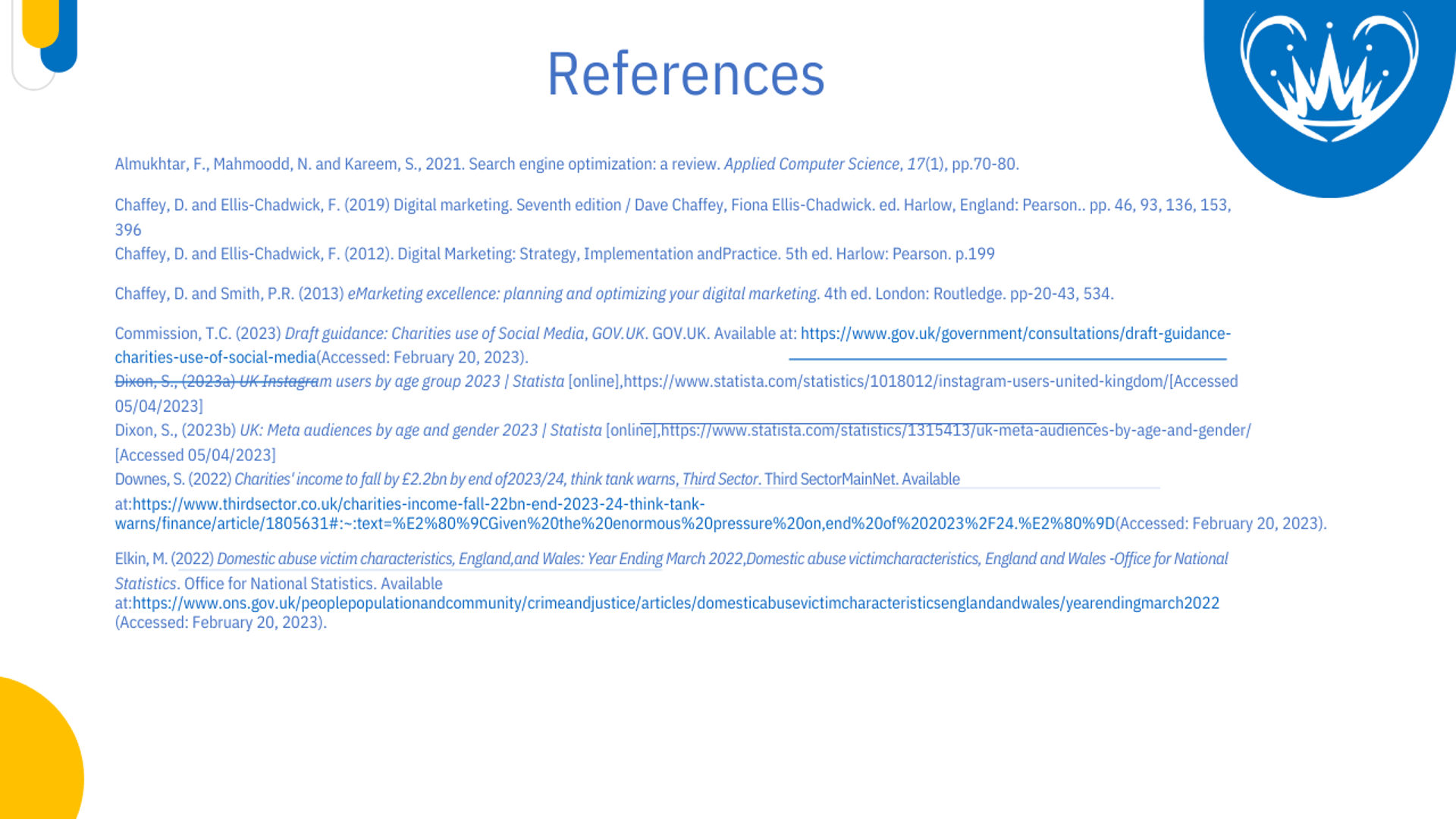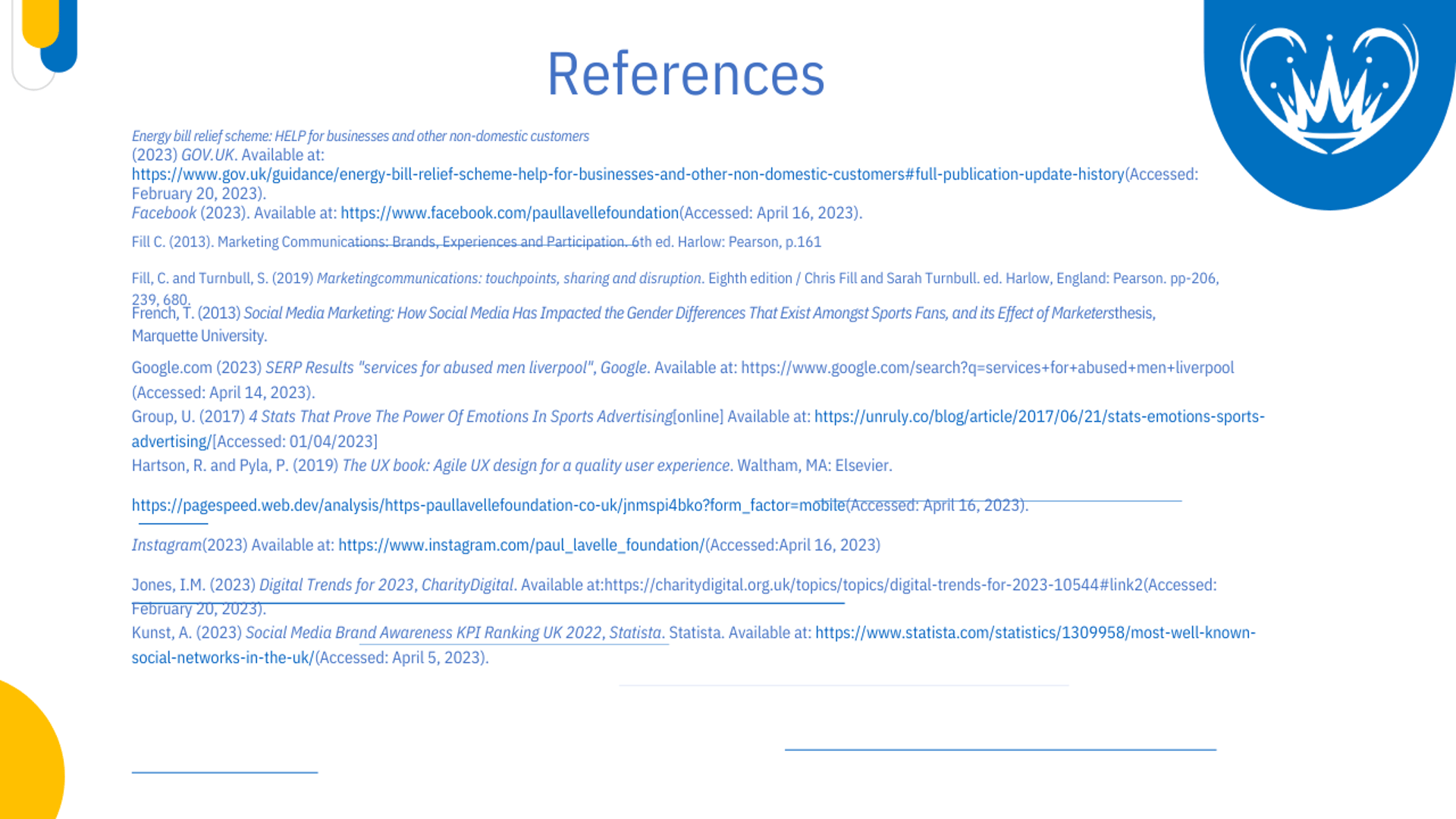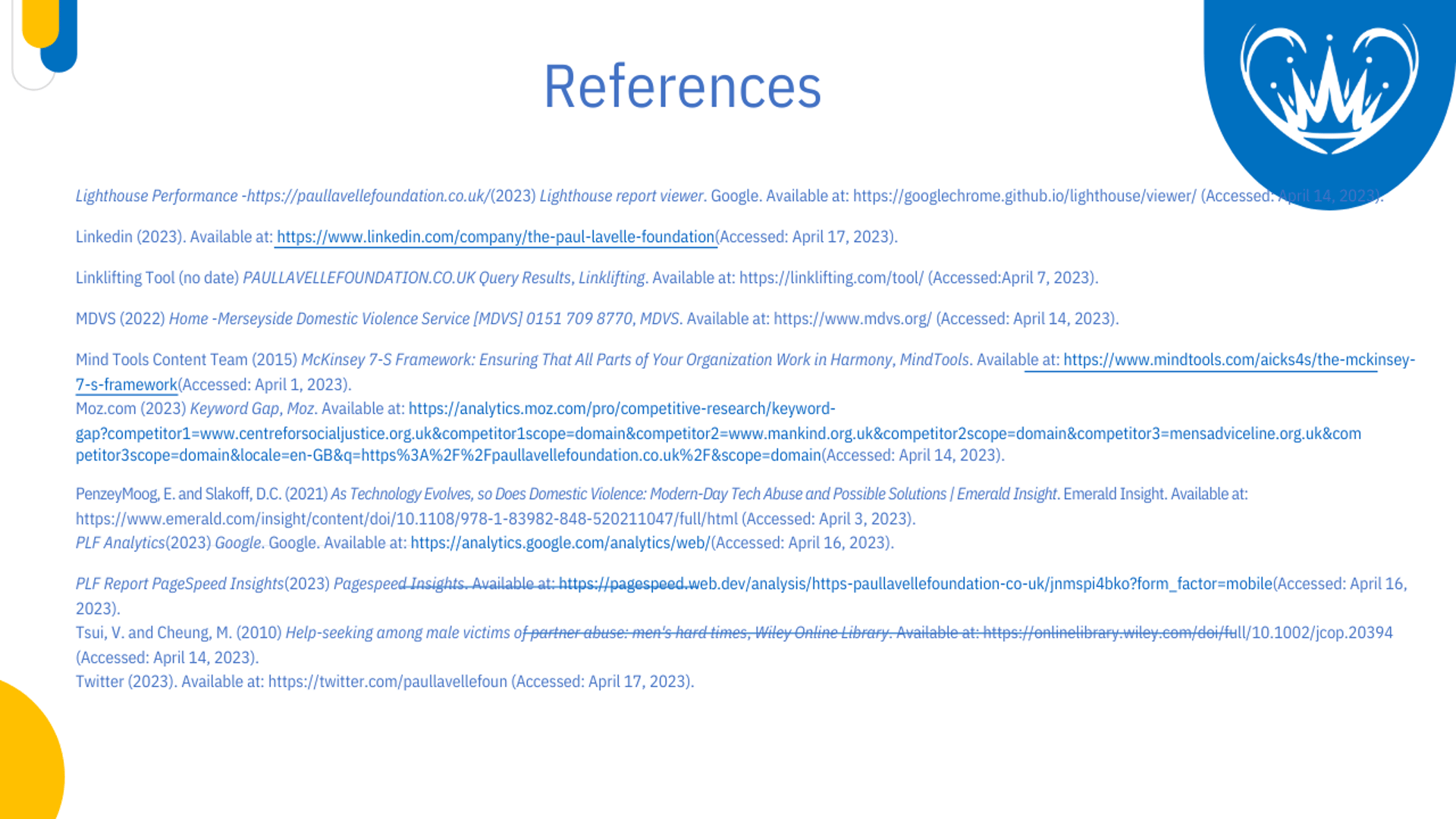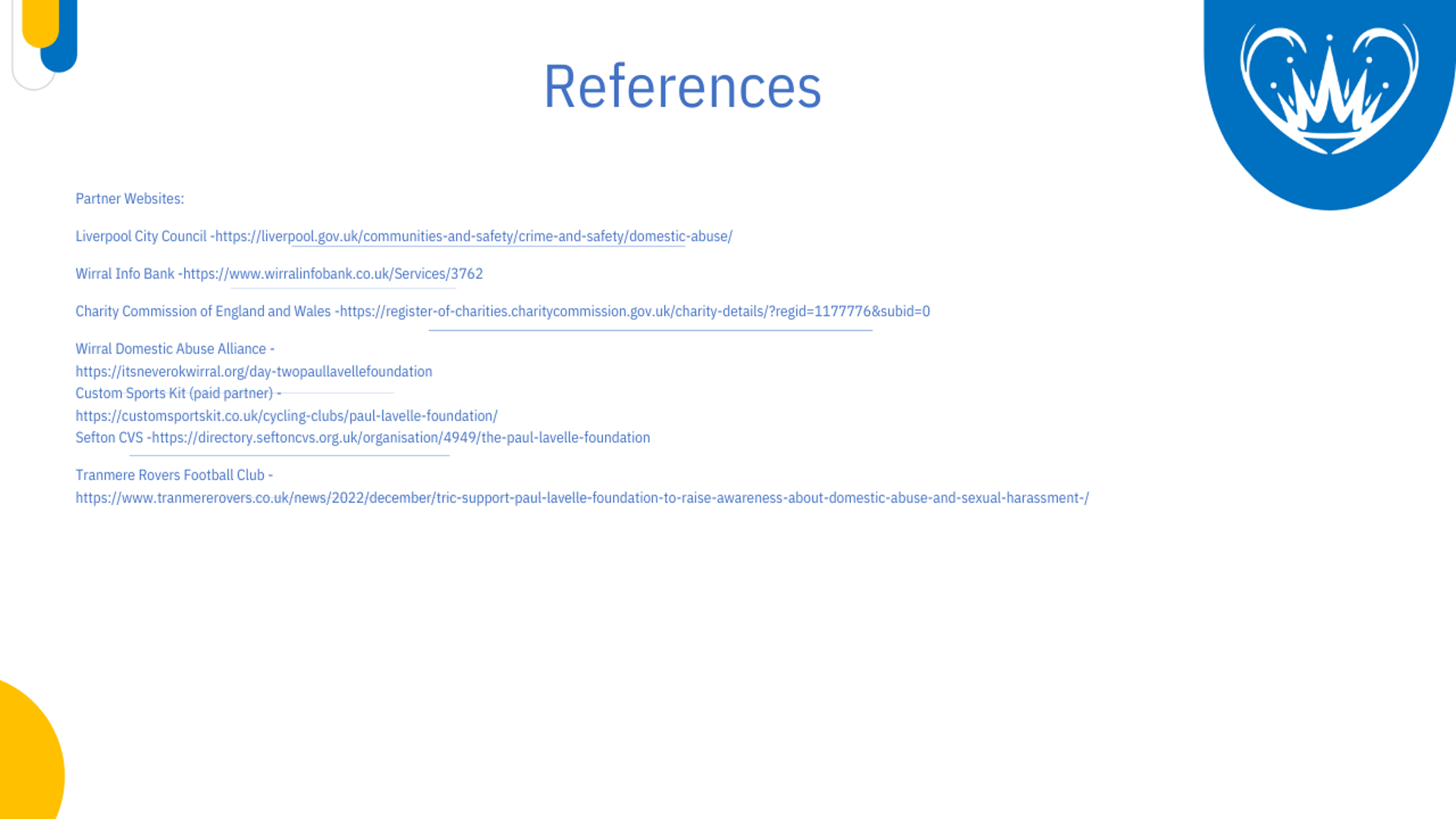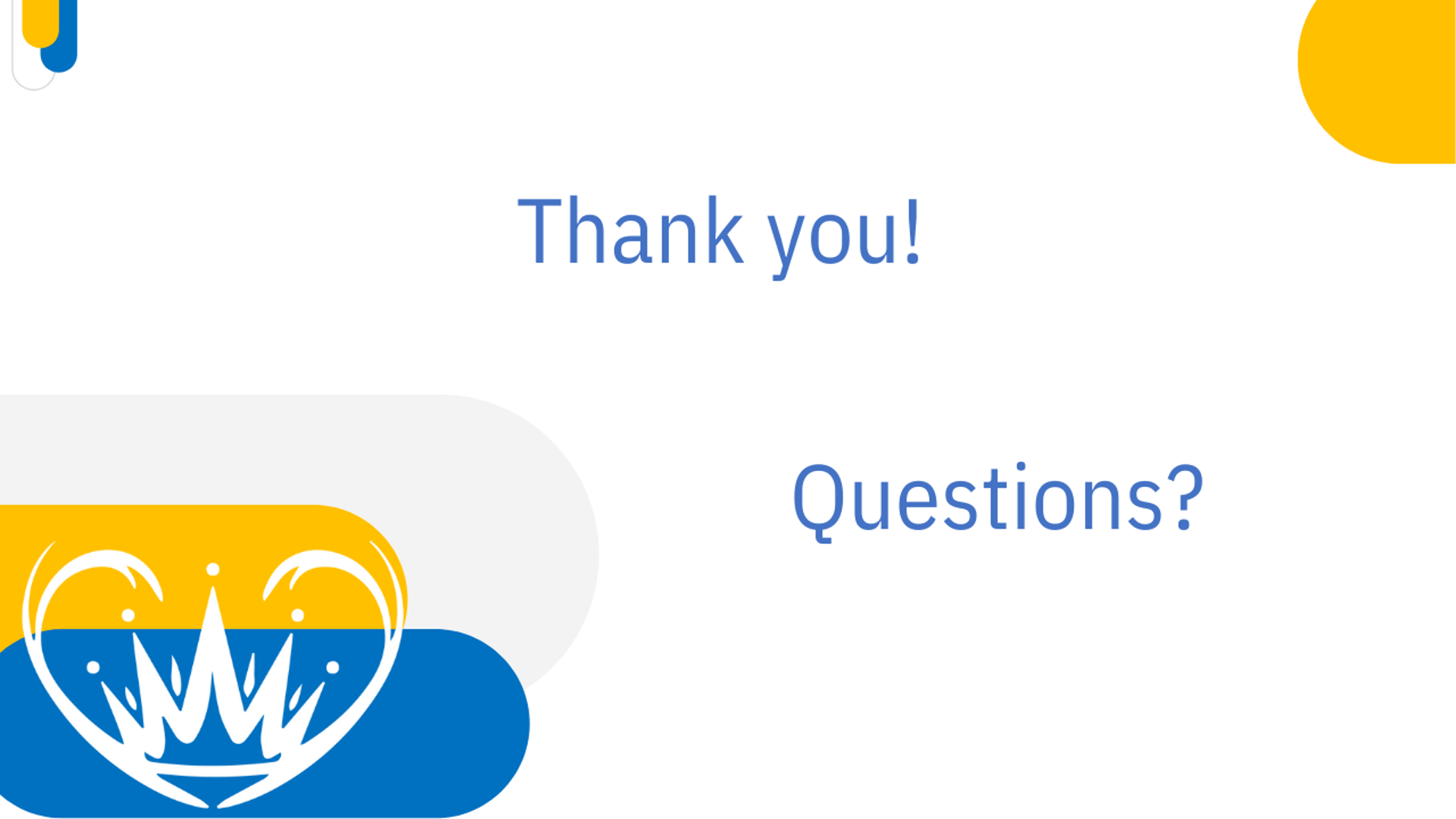Transforming the Paul Lavelle Foundation’s Digital Presence with a 12-Month Strategy
Discover how I developed a 12-month digital strategy for the Paul Lavelle Foundation, a charity supporting male victims of domestic abuse. In this case study, I detail how a combination of SEO, social media, and email marketing helped increase awareness, boost engagement, and drive referrals for essential support services. Learn more about how this digital transformation made a lasting impact on their mission.
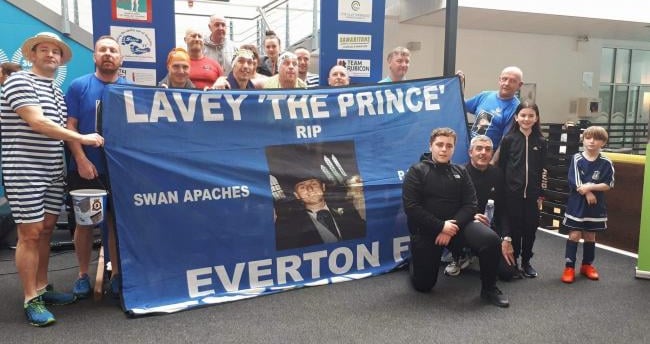

Introduction: The Paul Lavelle Foundation (PLF) is a charity dedicated to supporting male victims of domestic abuse and raising awareness about the stigma men face in disclosing abuse. Established in 2017 in memory of Paul Lavelle, the charity focuses on providing therapeutic support, community well-being activities, and education on healthy relationships for young people. I had the privilege of working with the PLF to design and implement a 12-month digital strategy that significantly boosted their outreach and support programs.
Challenges: When we started, the foundation faced several challenges:
Limited online visibility and engagement despite offering crucial services like therapeutic support for male victims and community health activities.
Difficulty reaching their target audience: male victims of domestic abuse, a group that often feels stigmatised and less likely to seek help.
A growing number of support programs but minimal digital infrastructure to promote them effectively, especially on social media and their website.
Goals: Our digital strategy set out to:
Increase awareness of PLF’s services, especially their unique offering for male domestic abuse victims.
Drive traffic to their website for fundraising, support services, and program enrollment.
Enhance engagement with the charity’s community initiatives, including their health and well-being programs.
Key Tactics:
Website Revamp and SEO:
The PLF’s website was optimized for SEO to ensure that anyone searching for male domestic abuse services could easily find the charity. This involved content restructuring, keyword integration (such as “male domestic abuse support,” “mental health services for men,” and “healthy relationships education”), and improving the overall user experience.Social Media Campaigns:
We developed a social media content calendar to promote both the PLF’s services and key awareness days like International Men’s Day and Domestic Abuse Awareness Week. Regular, engaging content, including survivor stories, mental health tips, and updates about their community well-being activities (like cycling and swimming groups), helped grow their following and reach new audiences.Email Marketing:
A targeted email marketing campaign was launched to engage both existing supporters and potential donors. The focus was on providing updates about the foundation’s work, sharing impact stories, and promoting fundraising events.Collaborations and Partnerships:
Collaborating with local businesses, influencers, and other charities helped raise the PLF’s profile within the community. Partnerships were formed to host webinars, fundraising events, and awareness campaigns, which significantly increased their online and offline presence.Paid Digital Advertising:
A small budget was allocated for paid digital ads on platforms like Facebook and Google Ads, targeting specific demographics based on interests related to domestic abuse, mental health, and male support networks. This resulted in increased traffic to the website and more inquiries about their services.
Results: Over the 12-month period, the strategy delivered impressive results:
Website Traffic: A 150% increase in website visits, with most new visitors coming from organic search, thanks to our SEO improvements.
Social Media Engagement: Social media following grew by 300%, and engagement rates skyrocketed, with several posts going viral within the domestic abuse awareness community.
Support Services Uptake: Referrals to PLF’s 1:1 therapeutic support services rose by 50%, with over 1,700 sessions delivered in that year alone.
Community Involvement: Participation in the foundation’s well-being programs, such as cycling and swimming clubs, doubled as more people learned about these services online.
Conclusion: This 12-month digital strategy not only raised awareness of the Paul Lavelle Foundation’s essential work but also empowered more male domestic abuse victims to seek help. By improving the foundation’s digital infrastructure and leveraging the power of SEO, social media, and email marketing, we were able to increase engagement, donations, and service uptake.
This case study highlights your strategic impact while reflecting the foundation’s core mission and achievements during the partnership. The Paul Lavelle Foundation has grown tremendously in visibility and service delivery, reaching those who need it most.
